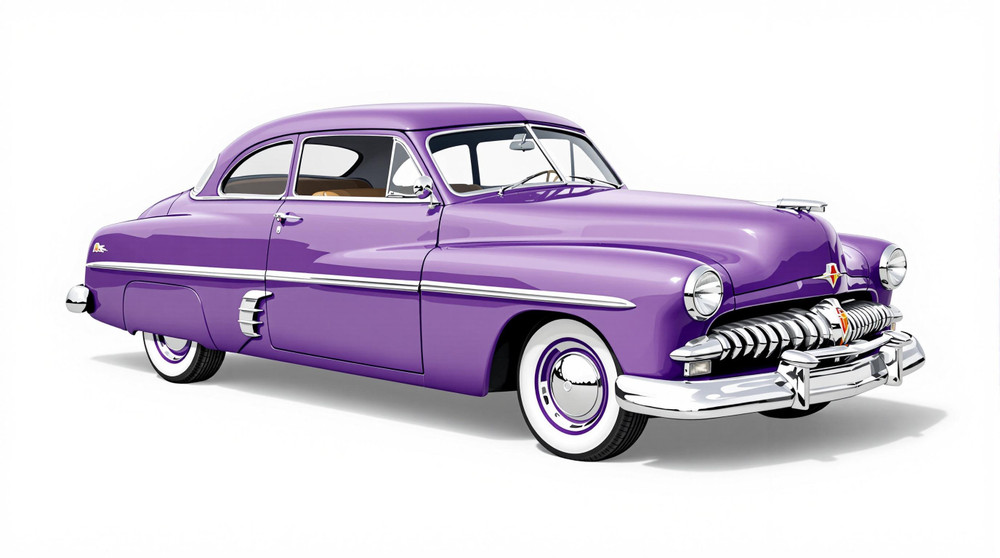Image of 1949 Mercury Mercury, Note: These illustrations use artistic license and may differ from actual historical models.
Performance Metrics
Fundamental Metrics
Emotional Appeal
MMP Rating
| Engine Specifications | |
|---|---|
| Engine: | Flathead V8 |
| Displacement: | 255.4 cu in (4.2 L) |
| Horsepower: | 110 hp |
| Torque: | 200 lb-ft |
| Compression Ratio: | 6.8:1 |
| Ignition System: | Distributor and coil |
| Cooling System: | Water-cooled |
| Performance Specifications | |
| 0-60 Time: | Estimated 12-15 seconds |
| 1/4 Mile Time: | Estimated 20-22 seconds |
| Top Speed: | 85-90 mph |
| Transmission and Drive | |
| Drive Type: | Rear-wheel drive |
| Transmission Type: | 3-speed manual, optional overdrive |
| Fuel and Efficiency | |
| Fuel System Type: | Carburetor |
| MPG: | Estimated 15-18 mpg |
| Dimensions and Brakes | |
| Brakes: | Drum brakes |
| Wheelbase: | 118 in |
| Weight: | 3,500 lbs |
Note: Specifications for classic cars are given to the best of our ability, considering the limited and variant data available.
The 1949 Mercury: A Touchstone of Automotive History
With its sleek lines and robust presence, the 1949 Mercury wasn't just a car; it was a statement on wheels. Born from the post-war optimism and the ingenuity of the Mercury division of Ford Motor Company, this vehicle emerged as an icon of its era. The '49 Mercury was a product of American industrial might, capturing the imagination of a nation ready to hit the open road. A unique fact that car enthusiasts revel in is that this model gained legendary status through its prominent role in the classic 1955 film "Rebel Without a Cause," starring James Dean.
Design and Innovation
The exterior of the 1949 Mercury exuded a futuristic charm with its pontoon fenders, a hallmark of late-40s styling. The car's curvaceous body, complete with a daring grille and chrome accents, turned heads and set hearts racing. Inside, passengers were treated to an array of luxurious materials and thoughtful touches that spoke volumes about the craftsmanship of the time. The dashboard's art deco design, with its full array of gauges, was both functional and aesthetically pleasing.
Technologically, the '49 Mercury featured advancements such as an optional overdrive system, which was quite innovative for its time. Color options ranged from classic black to vibrant shades like Biscay Green. Among these, Hiroshima Maroon and Laguna Blue were particularly popular. Body styles included coupes, sedans, and convertibles, but it was the eight-passenger wood-paneled station wagon that became emblematic of American family life in the post-war era.
Historical Significance
The 1949 Mercury marked a departure from pre-war automotive designs and helped set the tone for the cars of the 1950s. Its influence extended beyond aesthetics; it also pushed forward engineering standards that would become commonplace in later models. This car stood out for its sizeable yet stylish bodywork and powerful flathead V8 engine—a combination that made it a favorite among hot rodders and customizers.
Performance and Handling
The '49 Mercury's performance was impressive for its day, with a top speed nearing 100 mph and an acceleration from 0-60 mph in around 15 seconds. On the road, it handled with a reassuring sturdiness, absorbing bumps with ease while maintaining composure on windy roads. Drivers often remarked on the throaty purr of its V8 engine—a sound that epitomized American automotive power at the time.
Ownership Experience
While some used their '49 Mercurys as daily drivers or family cars, others showcased them at car shows or even raced them. Maintenance was straightforward by modern standards, making repairs manageable for average owners. However, due to its age and collector status today, finding parts can be more challenging.
Fun Facts
Beyond its cinematic fame, the '49 Mercury was known for being customized by Sam Barris—the first to chop its top—and owned by celebrities like Elvis Presley. While not known for breaking speed records, it did set a cultural benchmark for coolness in cars.
Collector's Information
The current value range for a well-maintained 1949 Mercury can vary widely but typically falls between $20,000 to $60,000 or more depending on condition and originality. Estimates suggest that tens of thousands were produced; however exact numbers are hard to pin down due to records from that era being less precise. In terms of price trends, these vehicles have generally appreciated over time as their significance in automotive history has become more widely recognized.
Conclusion
The 1949 Mercury is more than just a vintage car; it's a rolling piece of Americana that captures an optimistic period in U.S history. Its design innovation and cultural impact have cemented its place as one of the most beloved vehicles in classic car circles—a true testament to American ingenuity on wheels.
1949 Mercury Mercury Catalog of Parts
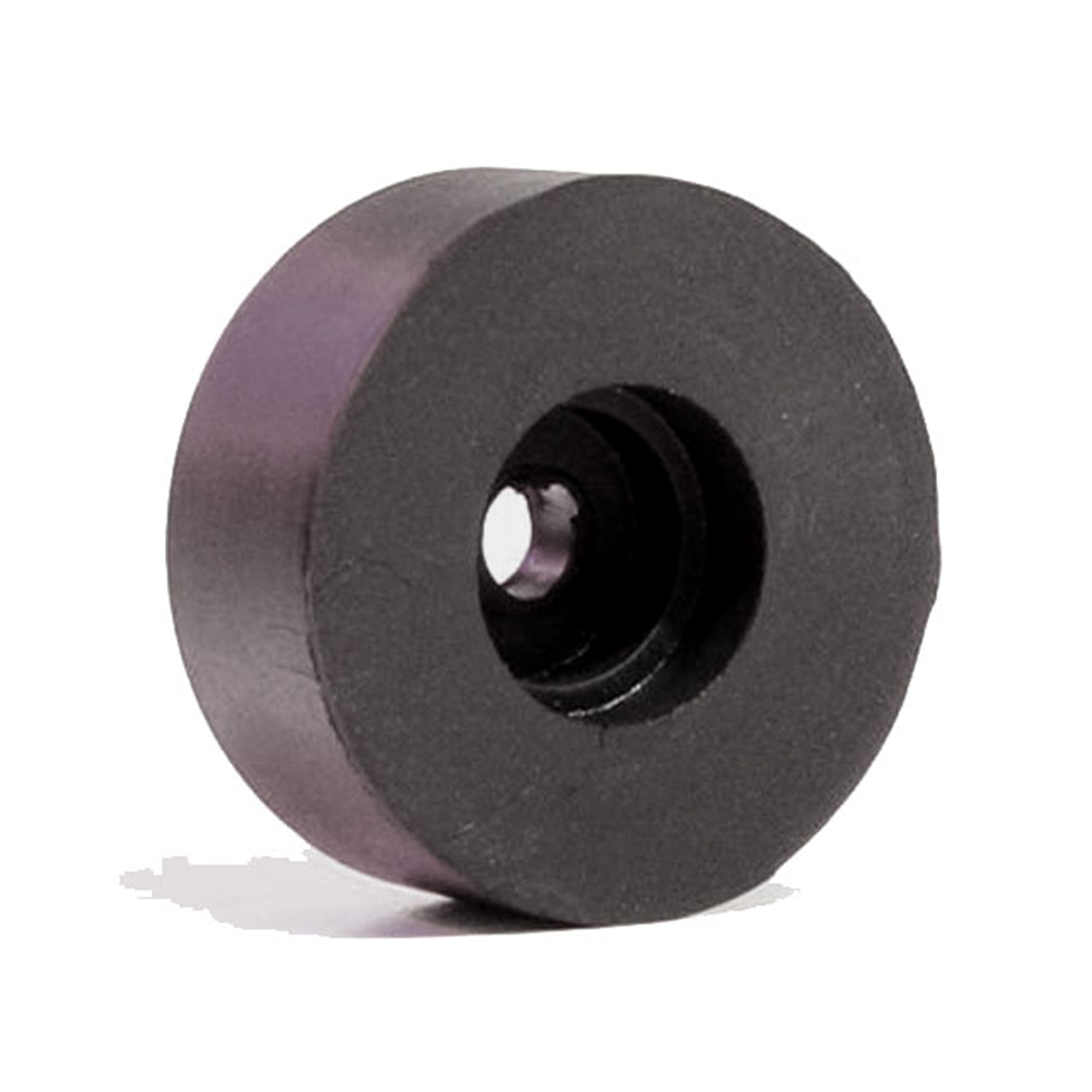 1949 Mercury Mercury Frame to Body Cushion. Up to 24 used per car. 1-3/4" O.D-BC 26Frame to Body Cushion. Up to 24 used per car. 1-3/4" O.D., 13/16" I.D., 11/16" Thick. Each
1949 Mercury Mercury Frame to Body Cushion. Up to 24 used per car. 1-3/4" O.D-BC 26Frame to Body Cushion. Up to 24 used per car. 1-3/4" O.D., 13/16" I.D., 11/16" Thick. Each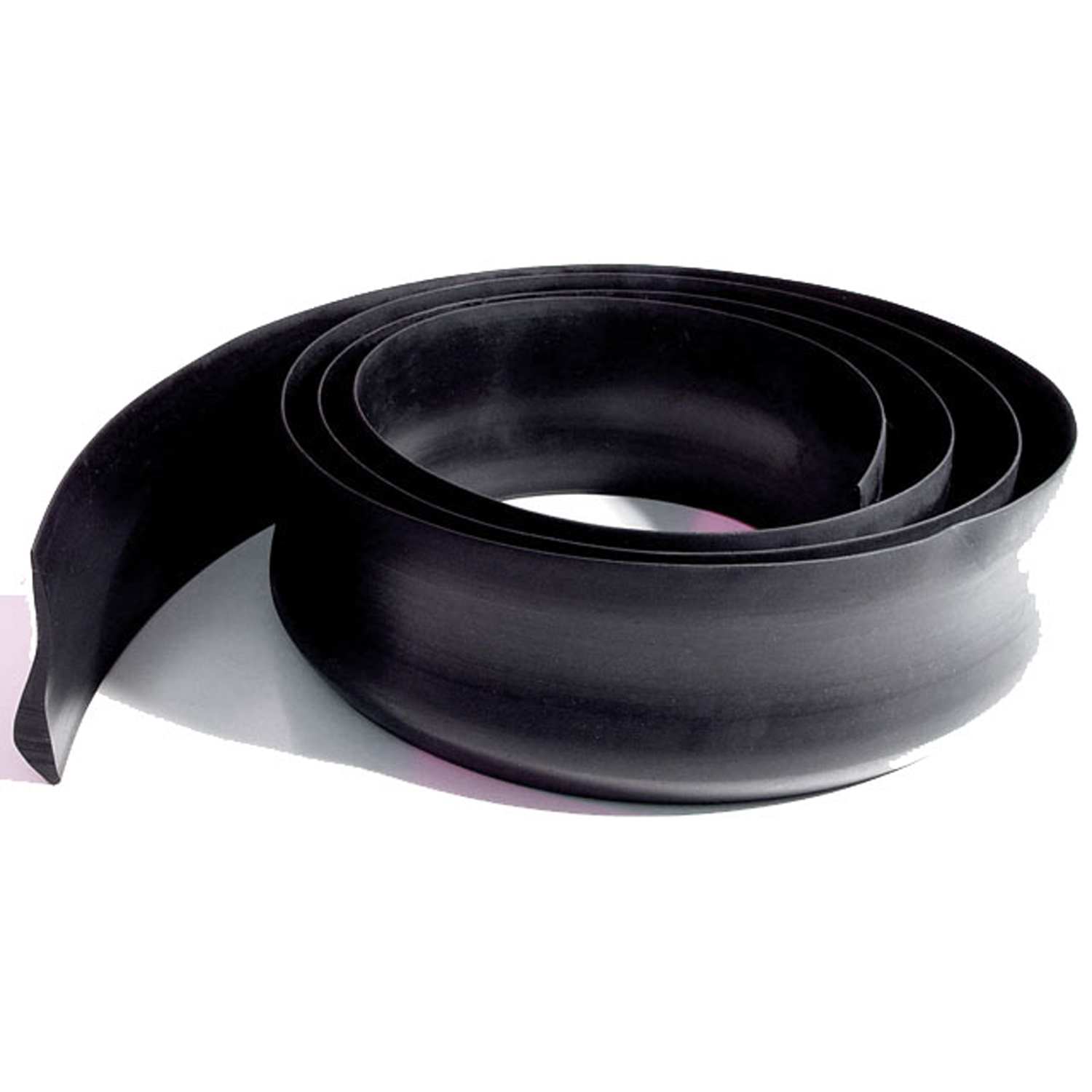 1949 Mercury Mercury Bumper to Body Seal. 2" wide X 70" long. Each-BG 109-LBumper to Body Seal. 2" wide X 70" long. Each
1949 Mercury Mercury Bumper to Body Seal. 2" wide X 70" long. Each-BG 109-LBumper to Body Seal. 2" wide X 70" long. Each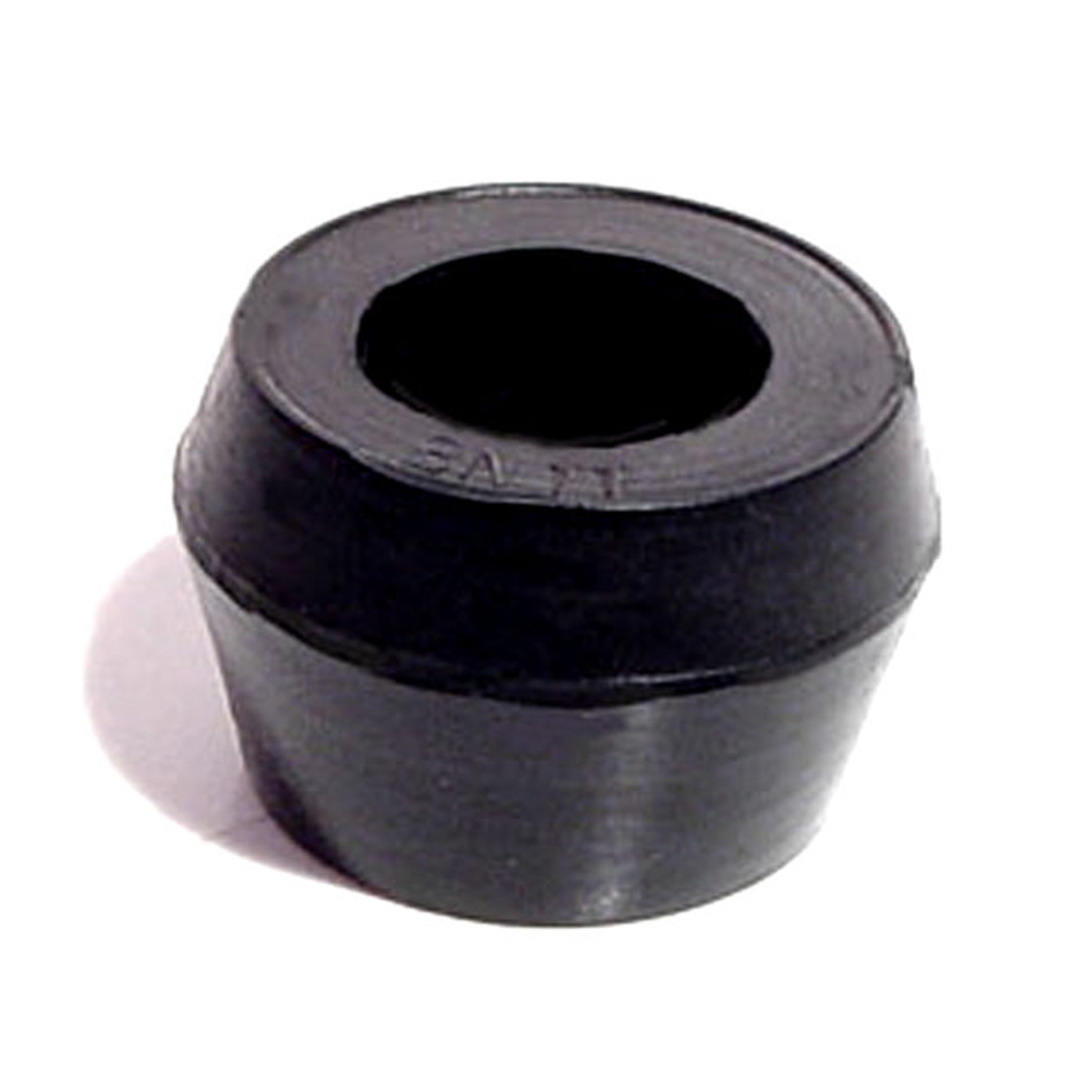 1949 Mercury Mercury Shock Absorber Grommet. 1" bottom O.D-BN 11Shock Absorber Grommet. 1" bottom O.D., 3/4" high, with 5/8" I.D. Each
1949 Mercury Mercury Shock Absorber Grommet. 1" bottom O.D-BN 11Shock Absorber Grommet. 1" bottom O.D., 3/4" high, with 5/8" I.D. Each 1949 Mercury Mercury Shock Absorber Grommet. 1" bottom O.D., 5/8" high-BN 13Shock Absorber Grommet. 1" bottom O.D., 5/8" high., with 3/8" I.D. Each
1949 Mercury Mercury Shock Absorber Grommet. 1" bottom O.D., 5/8" high-BN 13Shock Absorber Grommet. 1" bottom O.D., 5/8" high., with 3/8" I.D. Each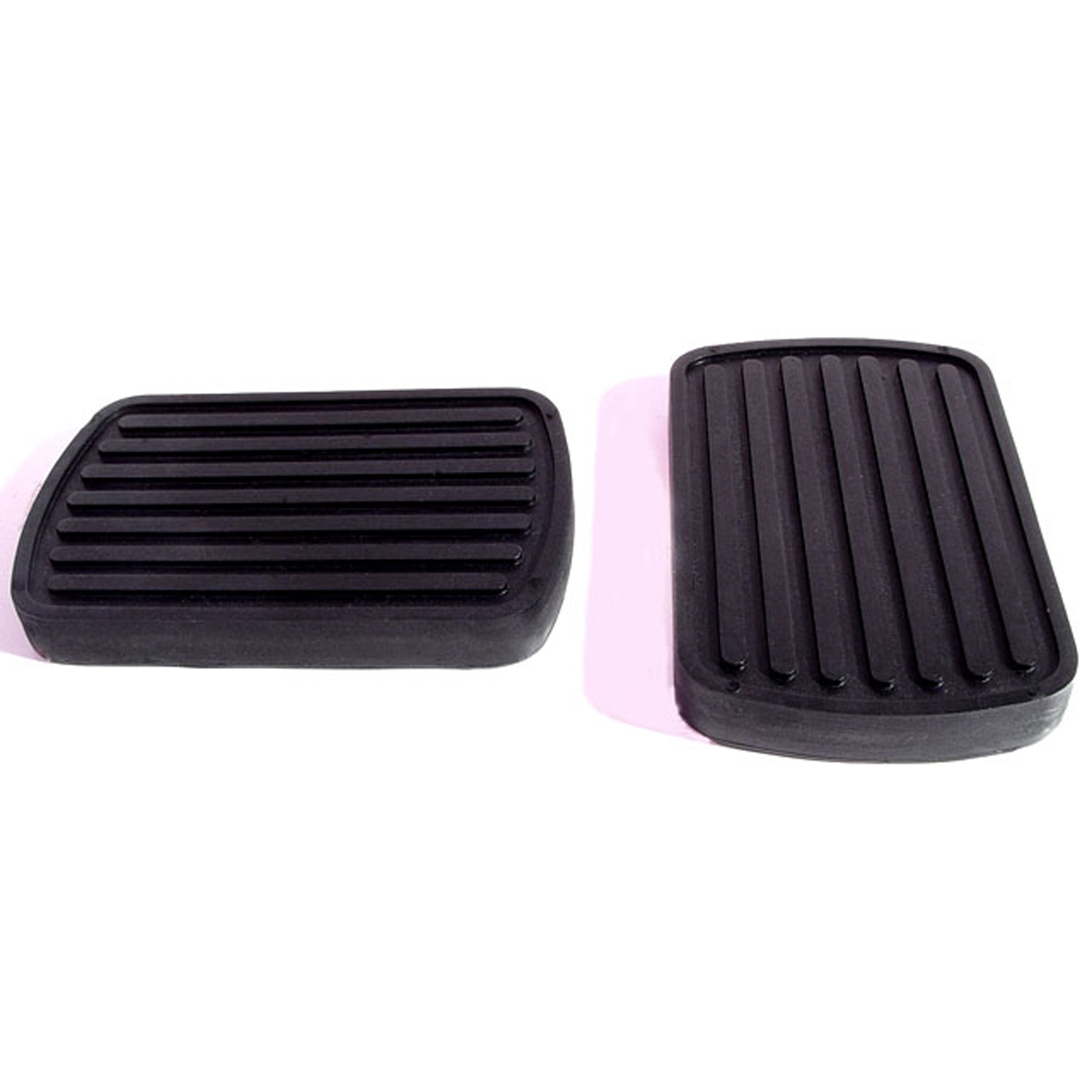 1949 Mercury Mercury Clutch and Brake Pedal Pads. 2-1/2" wide X 4" long. Pair-CB 90Clutch and Brake Pedal Pads. 2-1/2" wide X 4" long. Pair
1949 Mercury Mercury Clutch and Brake Pedal Pads. 2-1/2" wide X 4" long. Pair-CB 90Clutch and Brake Pedal Pads. 2-1/2" wide X 4" long. Pair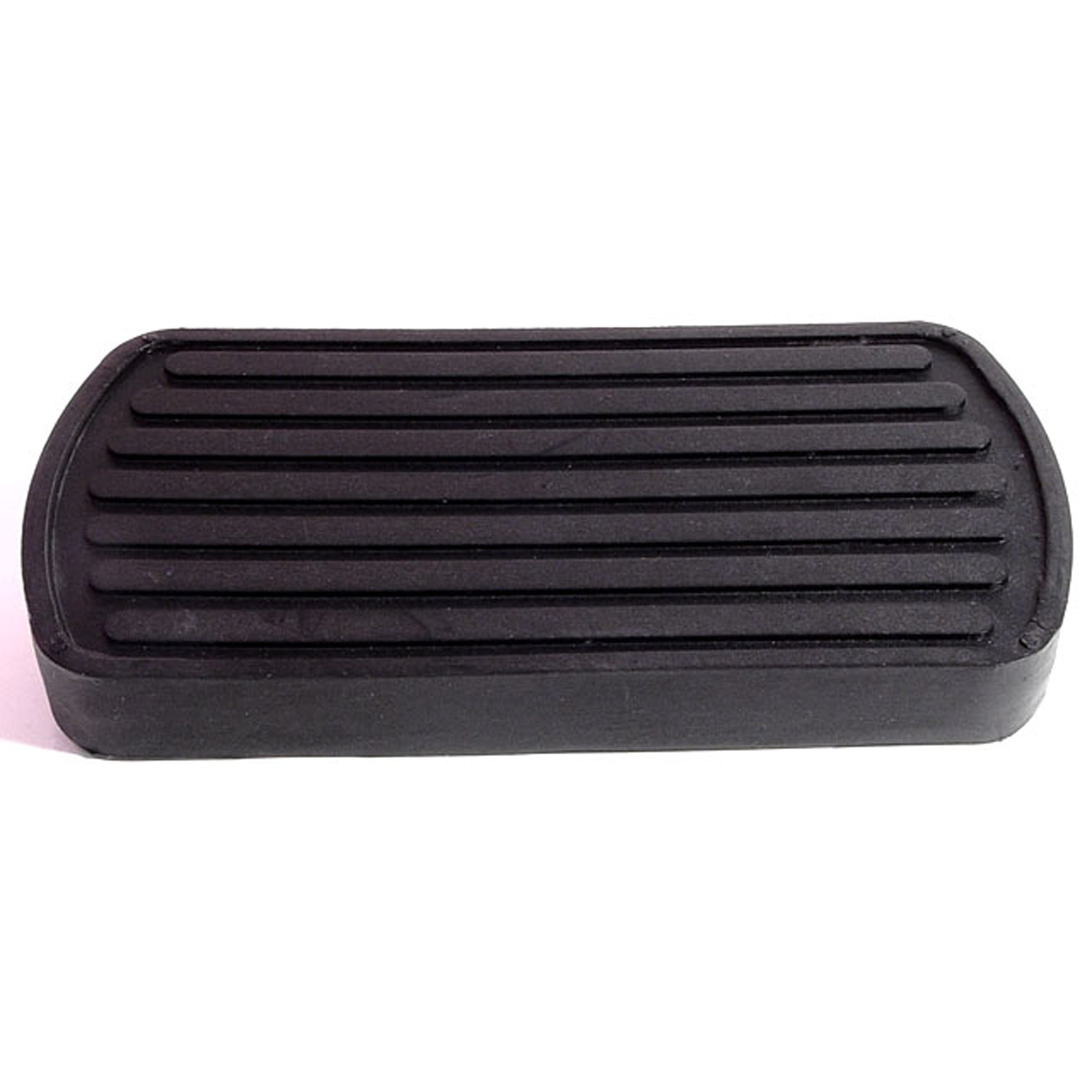 1949 Mercury Mercury Auto Brake Pedal Pad. 2-3/4" wide X 5-3/8" long. Each-CB 90-AAuto Brake Pedal Pad. 2-3/4" wide X 5-3/8" long. Each
1949 Mercury Mercury Auto Brake Pedal Pad. 2-3/4" wide X 5-3/8" long. Each-CB 90-AAuto Brake Pedal Pad. 2-3/4" wide X 5-3/8" long. Each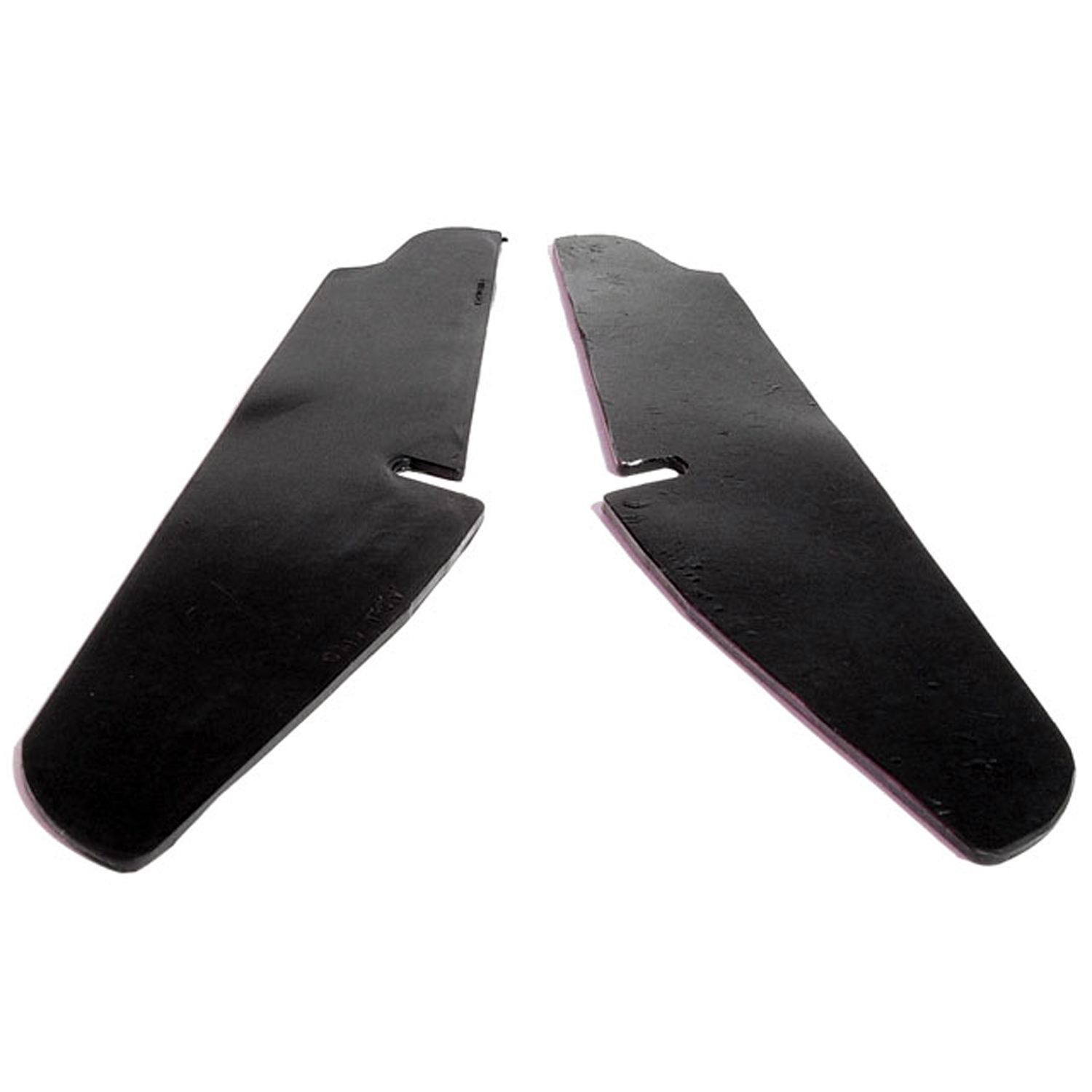 1949 Mercury Mercury Cowl Side Seals. Exact reproduction. 9-1/4" long-CS 10Cowl Side Seals. Exact reproduction. 9-1/4" long. Pair R&L
1949 Mercury Mercury Cowl Side Seals. Exact reproduction. 9-1/4" long-CS 10Cowl Side Seals. Exact reproduction. 9-1/4" long. Pair R&L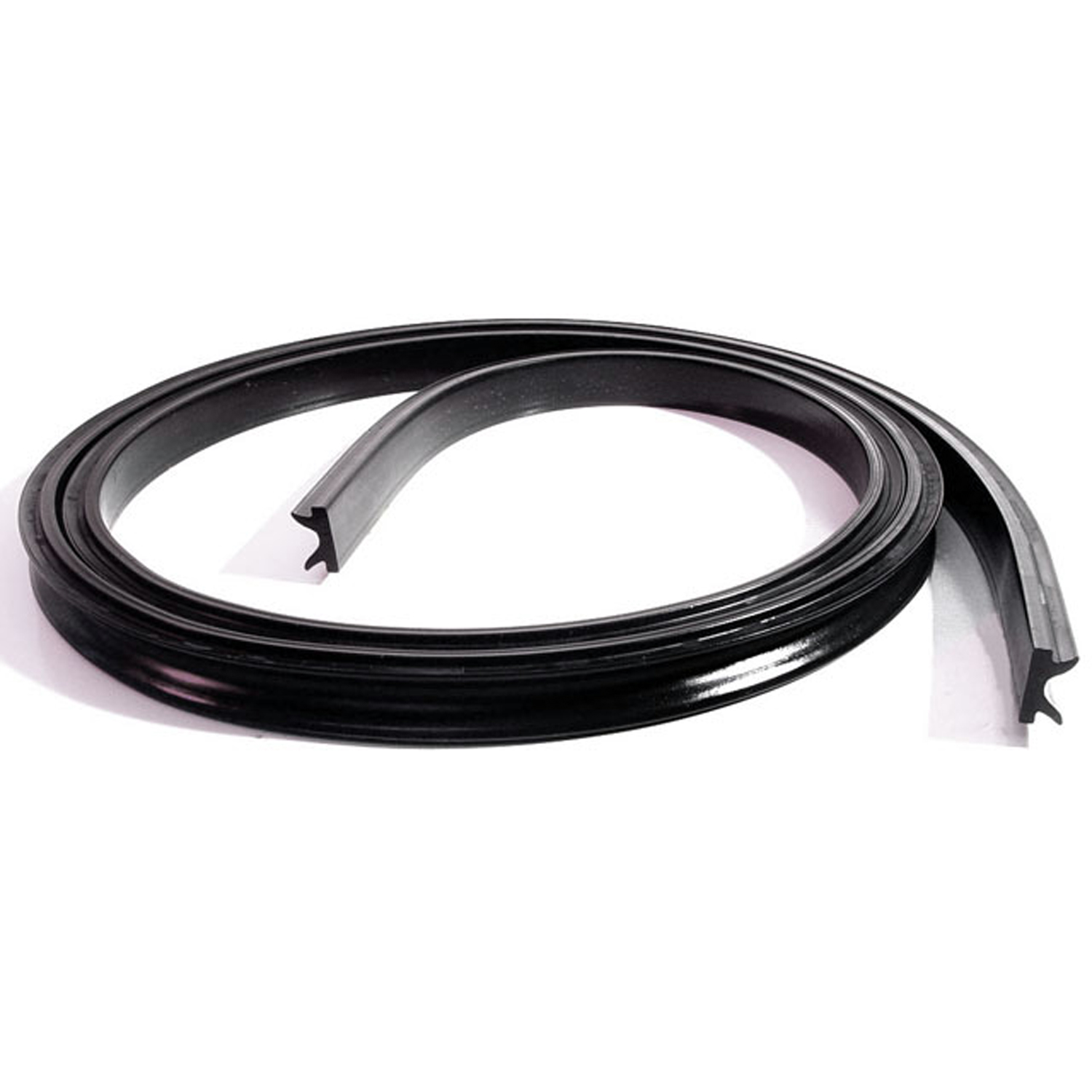 1949 Mercury Mercury Cowl and Hood Seal. 55-1/2" long X 9/16" wide. Each-CS 14-JCowl and Hood Seal. 55-1/2" long X 9/16" wide. Each
1949 Mercury Mercury Cowl and Hood Seal. 55-1/2" long X 9/16" wide. Each-CS 14-JCowl and Hood Seal. 55-1/2" long X 9/16" wide. Each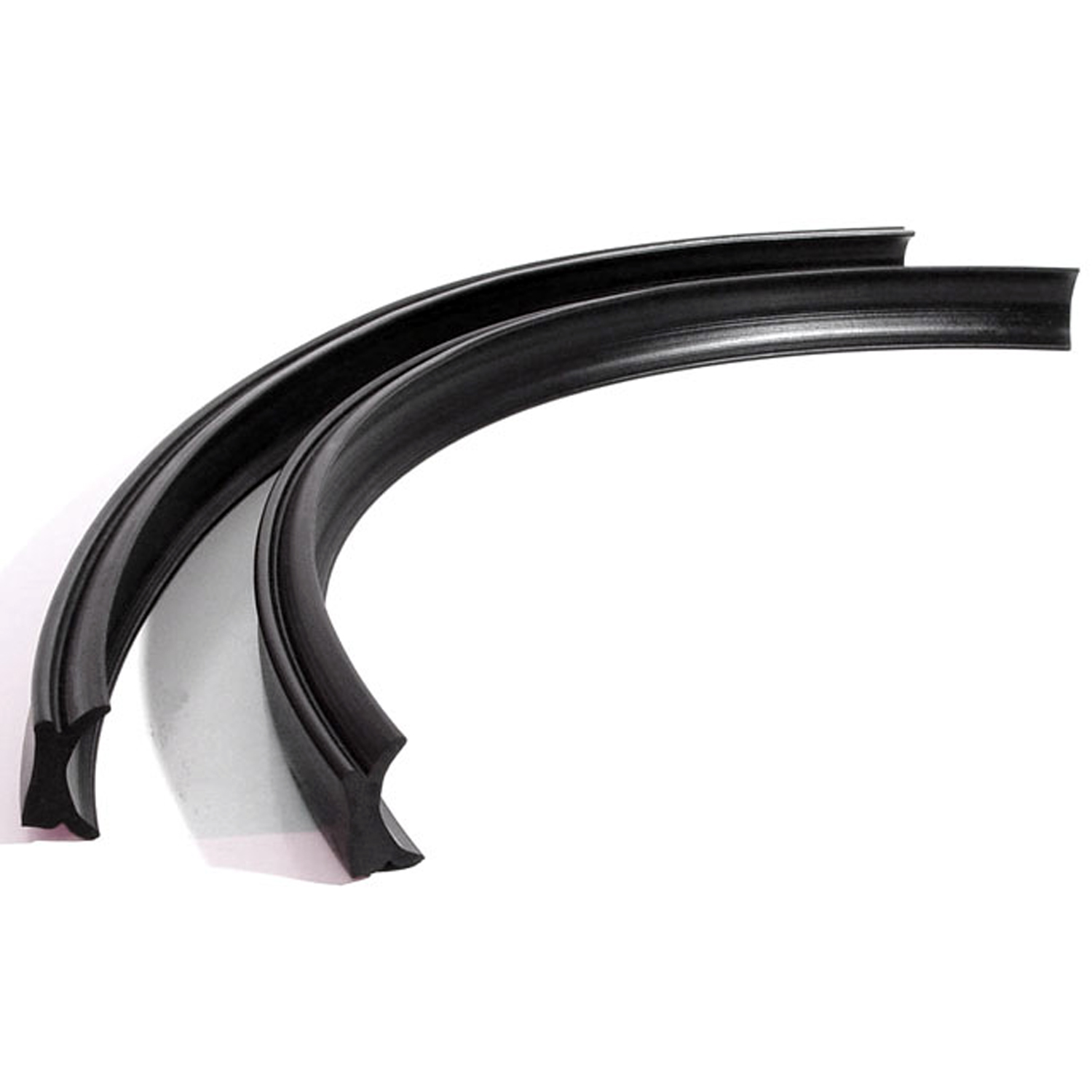 1949 Mercury Mercury Windshield Pillar Post Seals for Convertibles-CZ 3300Windshield Pillar Post Seals for Convertibles. Two pieces, 17-1/2" long. Pair
1949 Mercury Mercury Windshield Pillar Post Seals for Convertibles-CZ 3300Windshield Pillar Post Seals for Convertibles. Two pieces, 17-1/2" long. Pair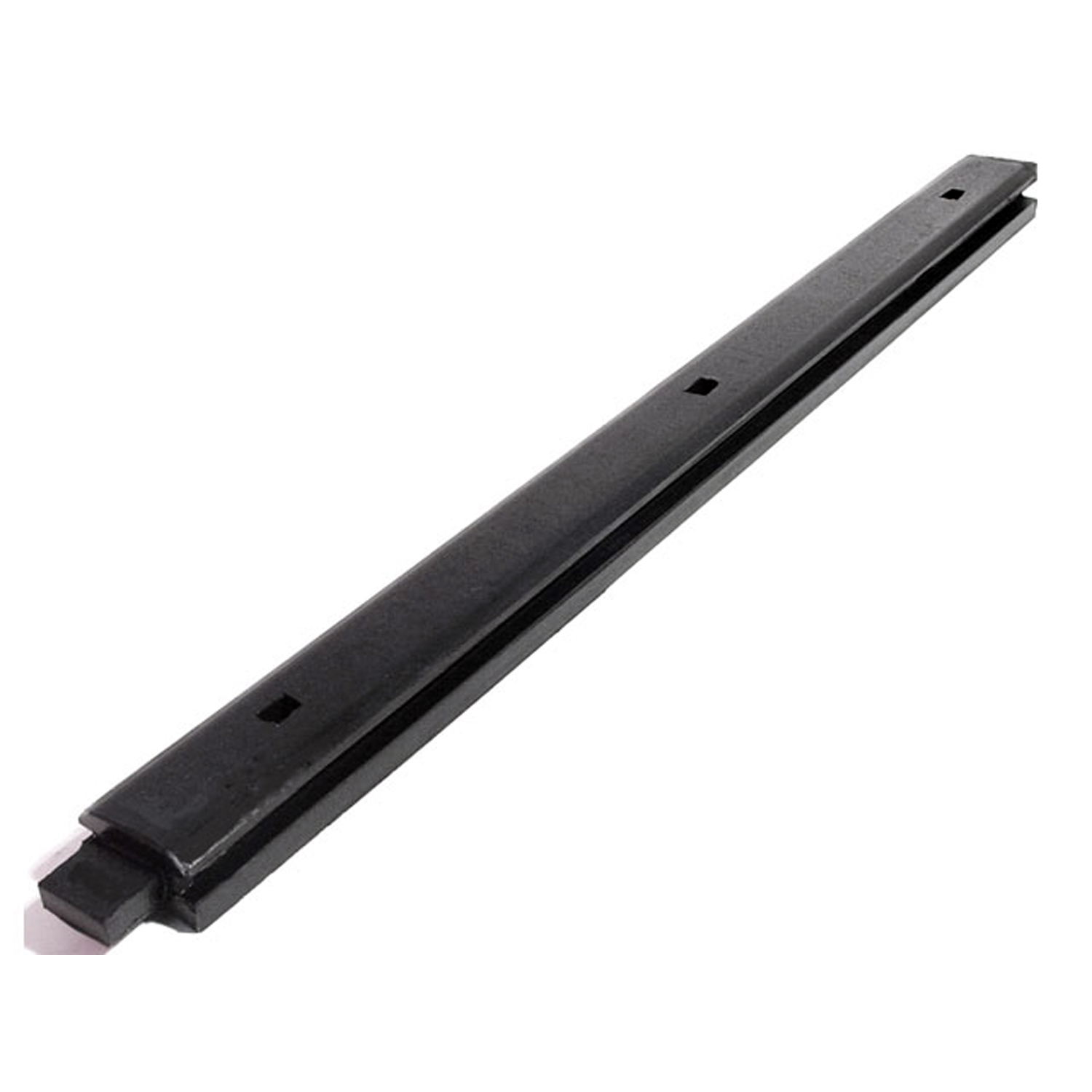 1949 Mercury Mercury Center Division Bar Seal. Use with LP 30-Q, if necessary-DP 15Center Division Bar Seal. Use with LP 30-Q, if necessary. 16-1/4" long. Each
1949 Mercury Mercury Center Division Bar Seal. Use with LP 30-Q, if necessary-DP 15Center Division Bar Seal. Use with LP 30-Q, if necessary. 16-1/4" long. Each 1949 Mercury Mercury Rear Window Division Bar Seal. Two used per car-DP 19Rear Window Division Bar Seal. Two used per car. 15-1/4" long. Each
1949 Mercury Mercury Rear Window Division Bar Seal. Two used per car-DP 19Rear Window Division Bar Seal. Two used per car. 15-1/4" long. Each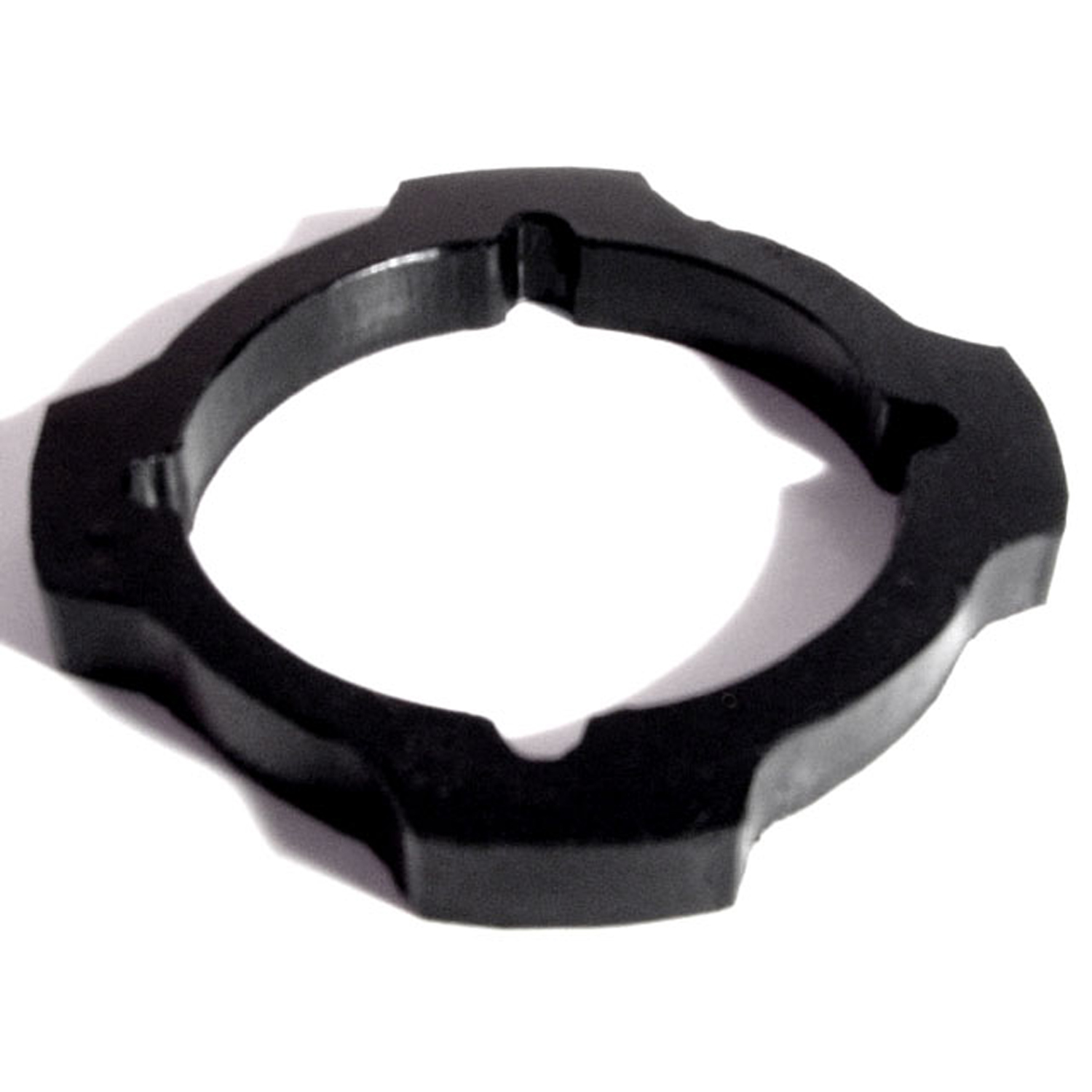 1949 Mercury Mercury Gas Filler Pipe Grommet. Highest quality. 2-1/4" I.D-GF 39Gas Filler Pipe Grommet. Highest quality. 2-1/4" I.D., 3-3/16" at widest point. Each
1949 Mercury Mercury Gas Filler Pipe Grommet. Highest quality. 2-1/4" I.D-GF 39Gas Filler Pipe Grommet. Highest quality. 2-1/4" I.D., 3-3/16" at widest point. Each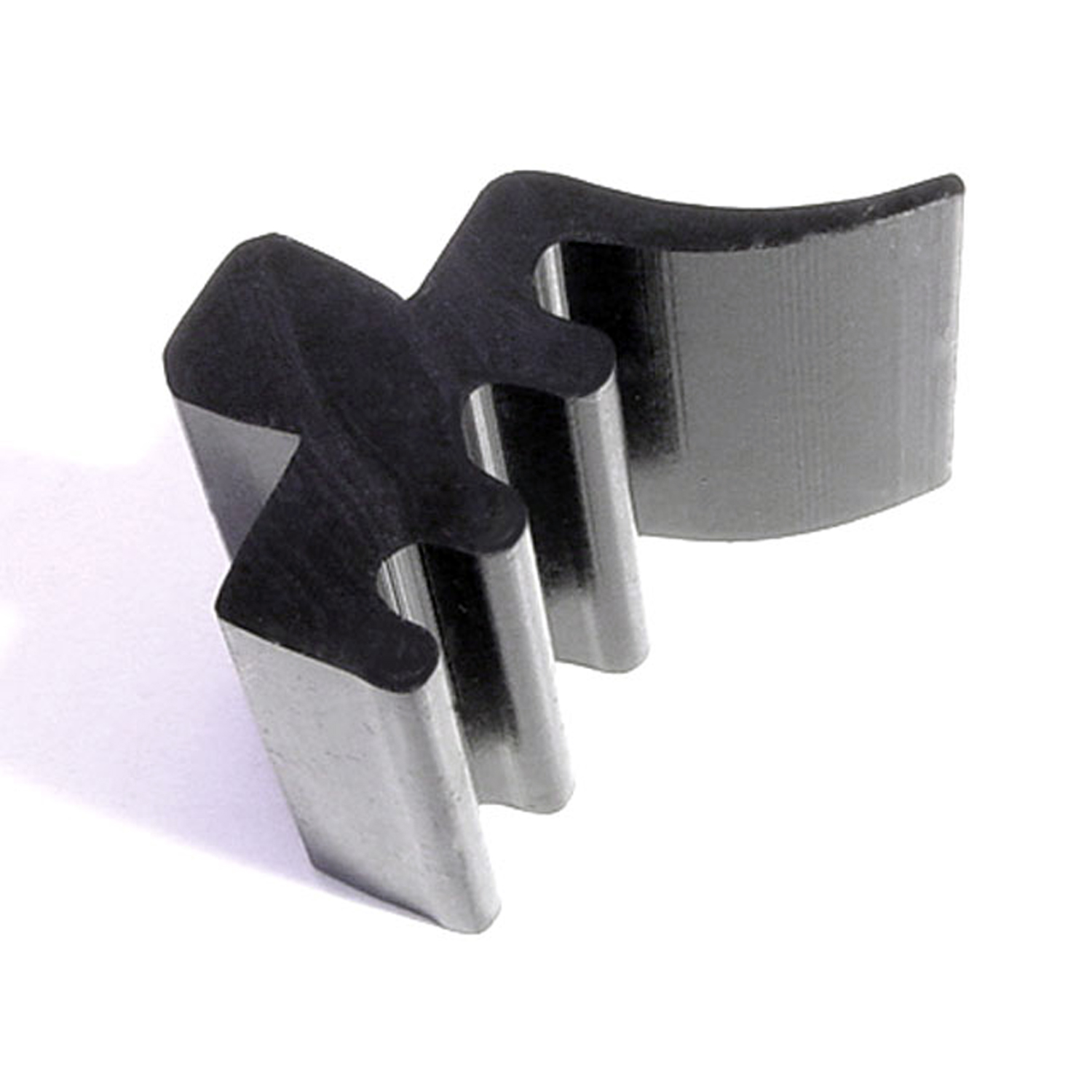 1949 Mercury Mercury Hood Bumper. Each-HF 44Hood Bumper. Each
1949 Mercury Mercury Hood Bumper. Each-HF 44Hood Bumper. Each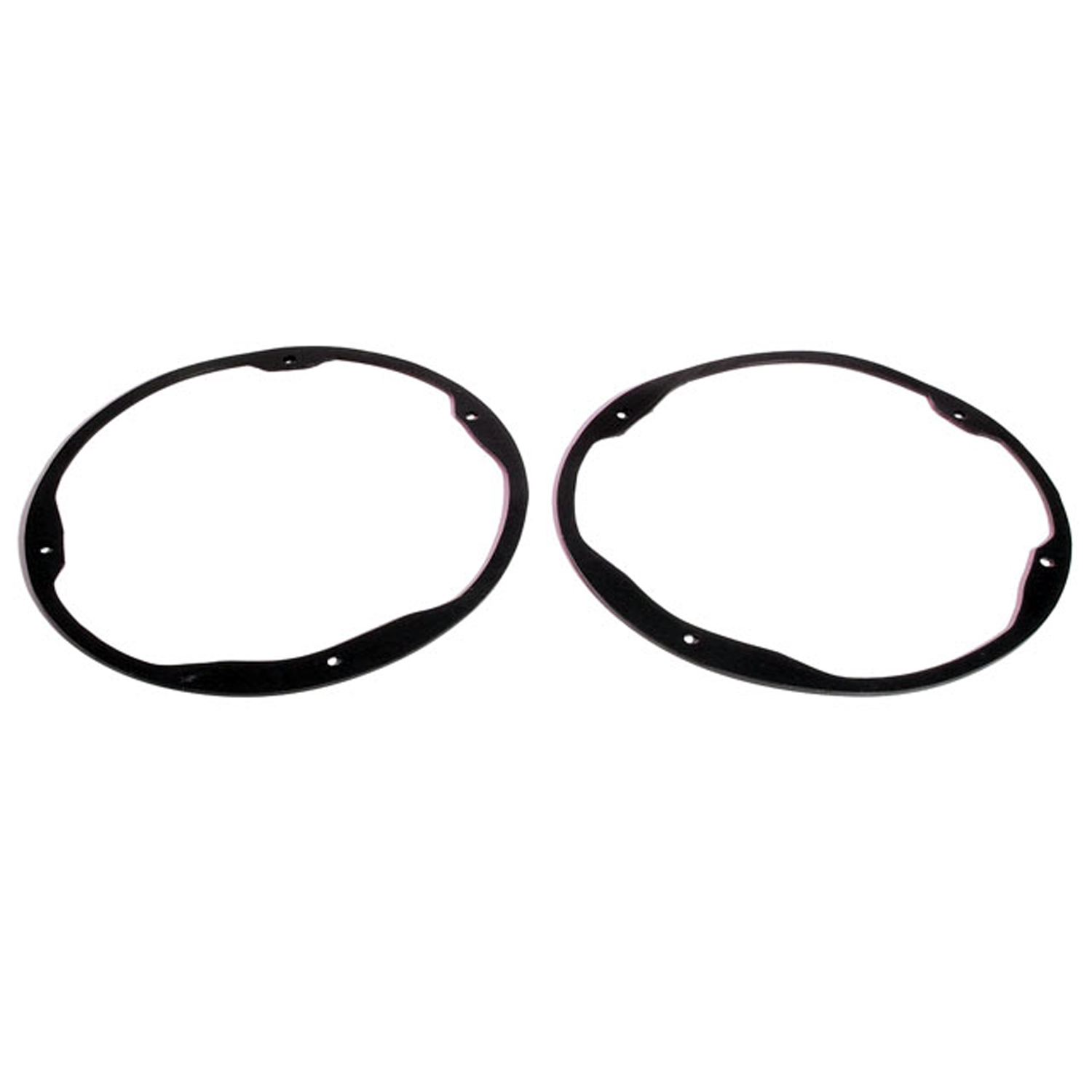 1949 Mercury Mercury Headlight Assembly Housing Gasket. 8-5/8" O.D., 8" I.D-HR 11Headlight Assembly Housing Gasket. 8-5/8" O.D., 8" I.D. Pair
1949 Mercury Mercury Headlight Assembly Housing Gasket. 8-5/8" O.D., 8" I.D-HR 11Headlight Assembly Housing Gasket. 8-5/8" O.D., 8" I.D. Pair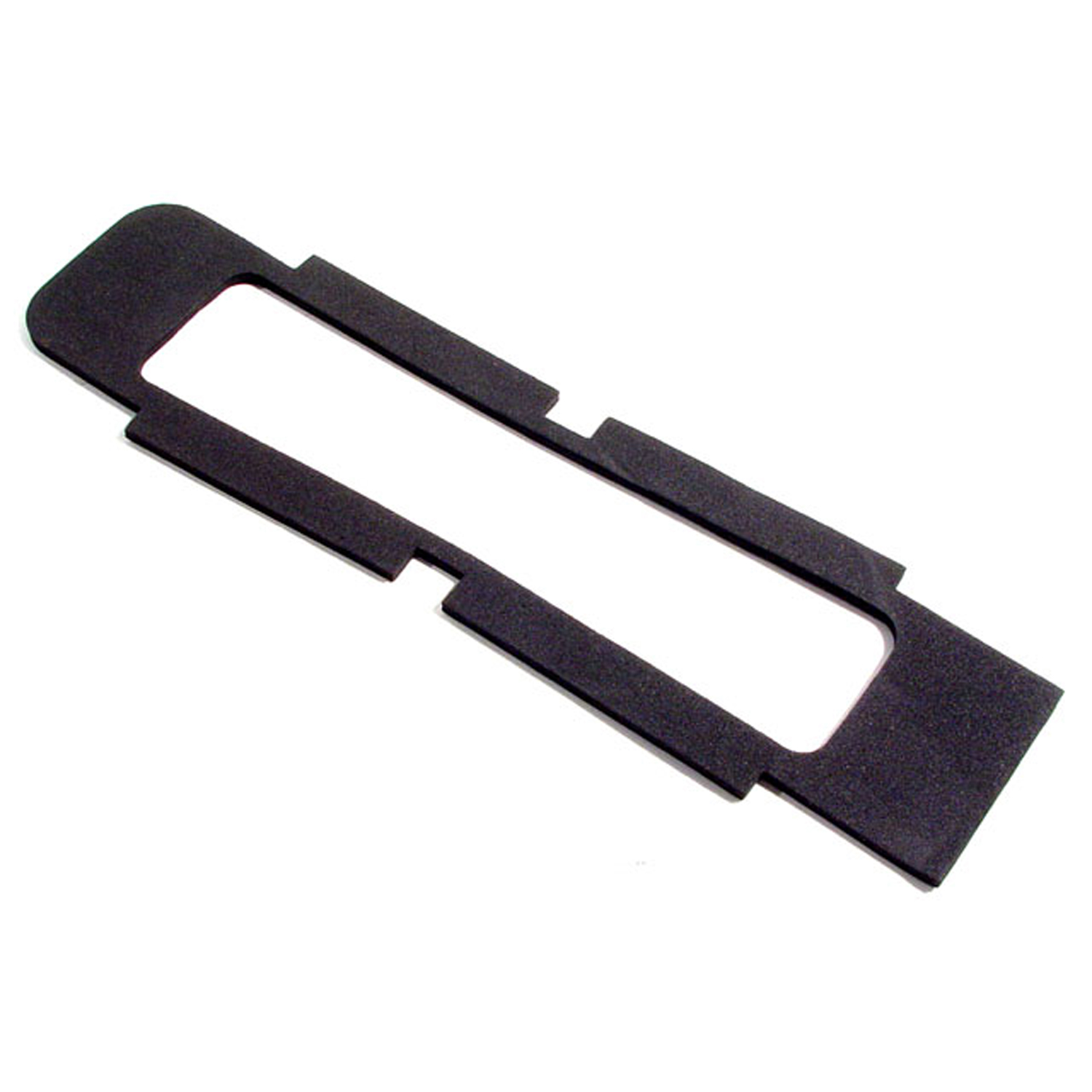 1949 Mercury Mercury Lens Gasket. Made of closed cell sponge. 9" X 2-1/2"-LG 6200-100Lens Gasket. Made of closed cell sponge. 9" X 2-1/2". Each
1949 Mercury Mercury Lens Gasket. Made of closed cell sponge. 9" X 2-1/2"-LG 6200-100Lens Gasket. Made of closed cell sponge. 9" X 2-1/2". Each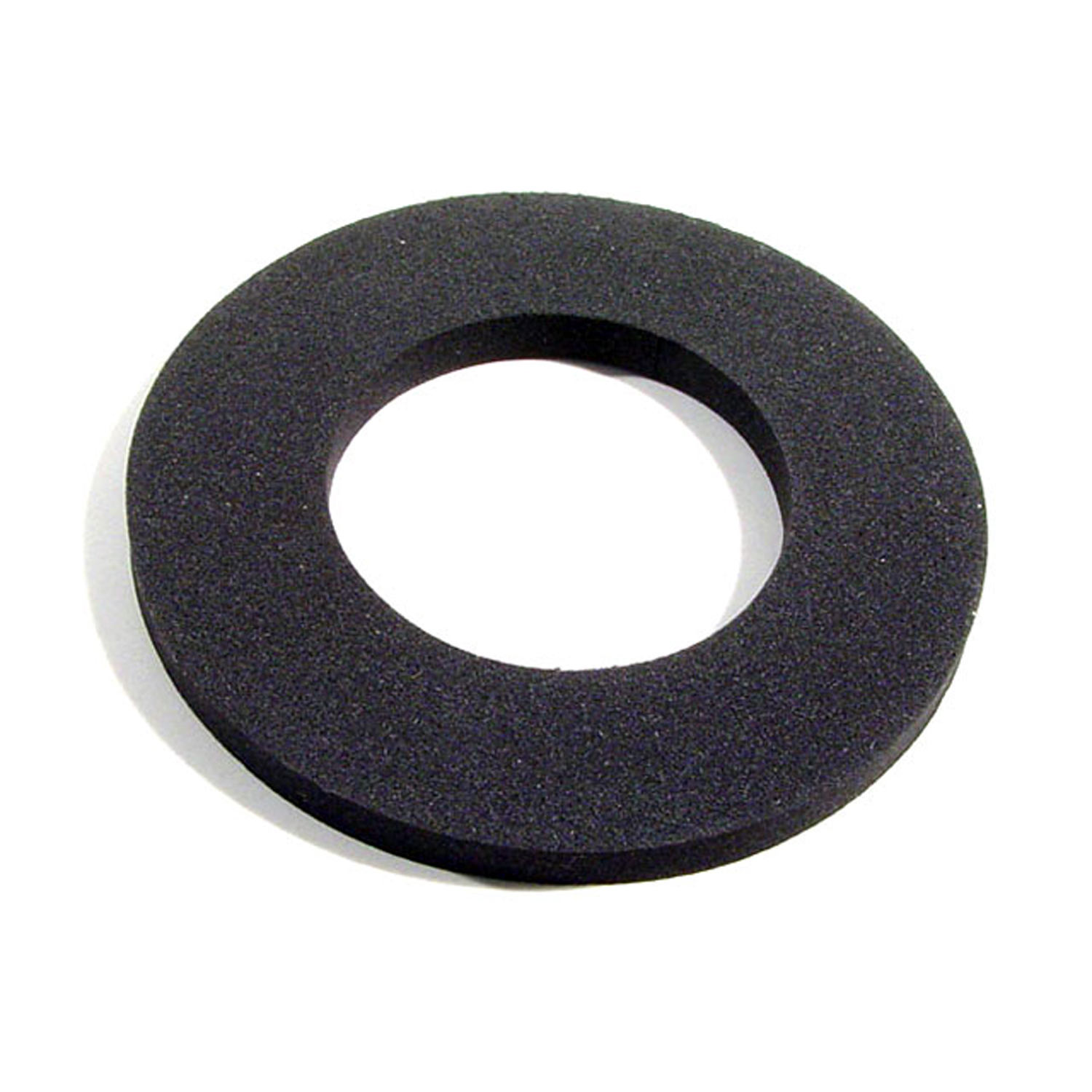 1949 Mercury Mercury Tail-Light Socket Seal Gasket. 2-1/2" O.D., 1-3/8" I.D-LG 6200-102Tail-Light Socket Seal Gasket. 2-1/2" O.D., 1-3/8" I.D. Each
1949 Mercury Mercury Tail-Light Socket Seal Gasket. 2-1/2" O.D., 1-3/8" I.D-LG 6200-102Tail-Light Socket Seal Gasket. 2-1/2" O.D., 1-3/8" I.D. Each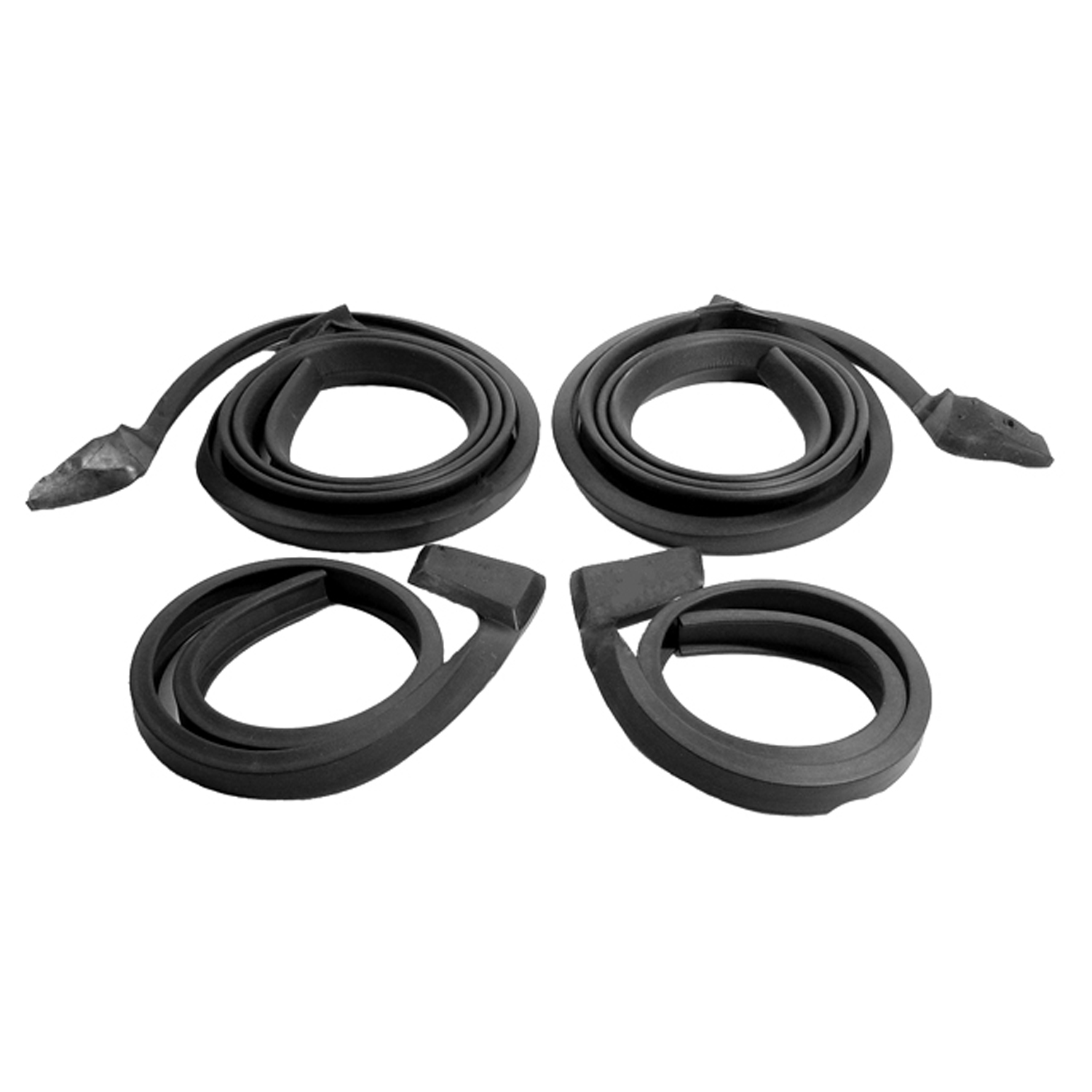 1949 Mercury Mercury Molded Door Seals for Convertibles Only-LM 33Molded Door Seals for Convertibles Only. Includes Door Bottom Seals with molded rear corners. Complete R&L Set
1949 Mercury Mercury Molded Door Seals for Convertibles Only-LM 33Molded Door Seals for Convertibles Only. Includes Door Bottom Seals with molded rear corners. Complete R&L Set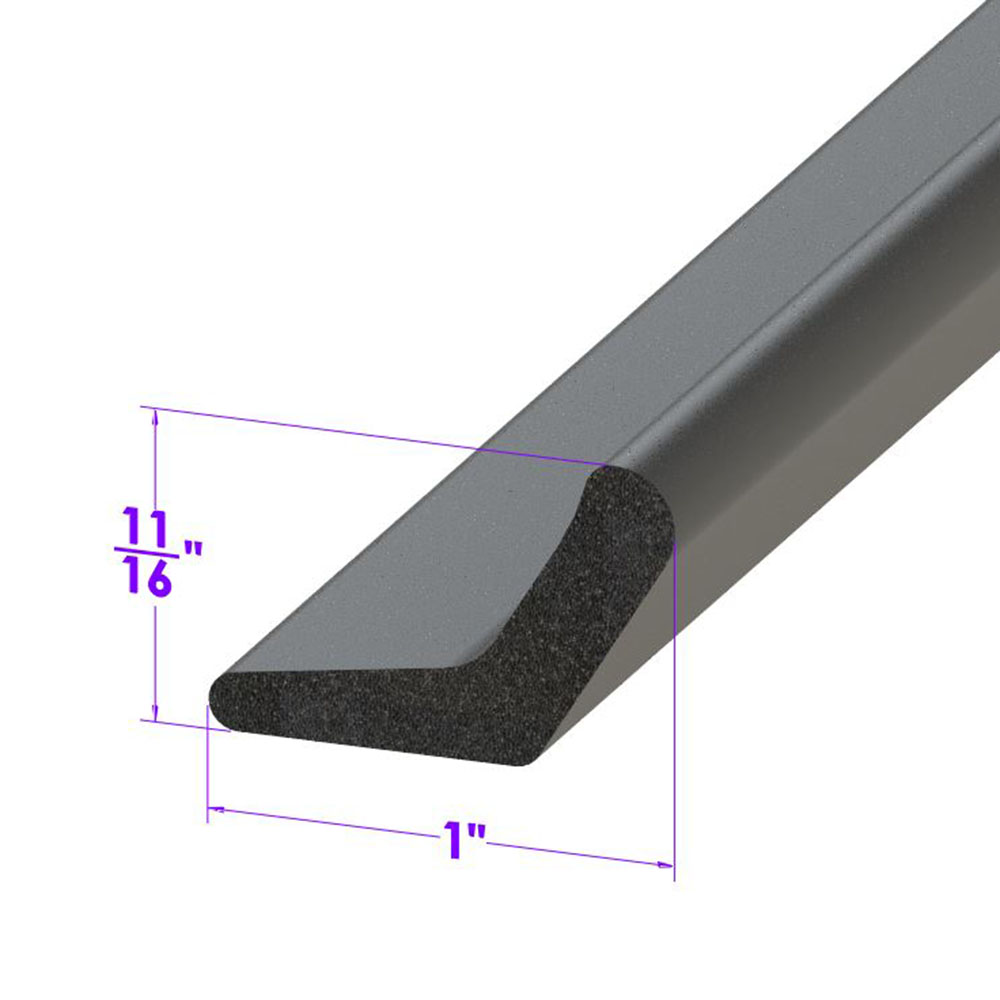 1949 Mercury Mercury Door Bottom Seal. Made of high-quality closed cell sponge-LP 104-JDoor Bottom Seal. Made of high-quality closed cell sponge. Sold by the foot
1949 Mercury Mercury Door Bottom Seal. Made of high-quality closed cell sponge-LP 104-JDoor Bottom Seal. Made of high-quality closed cell sponge. Sold by the foot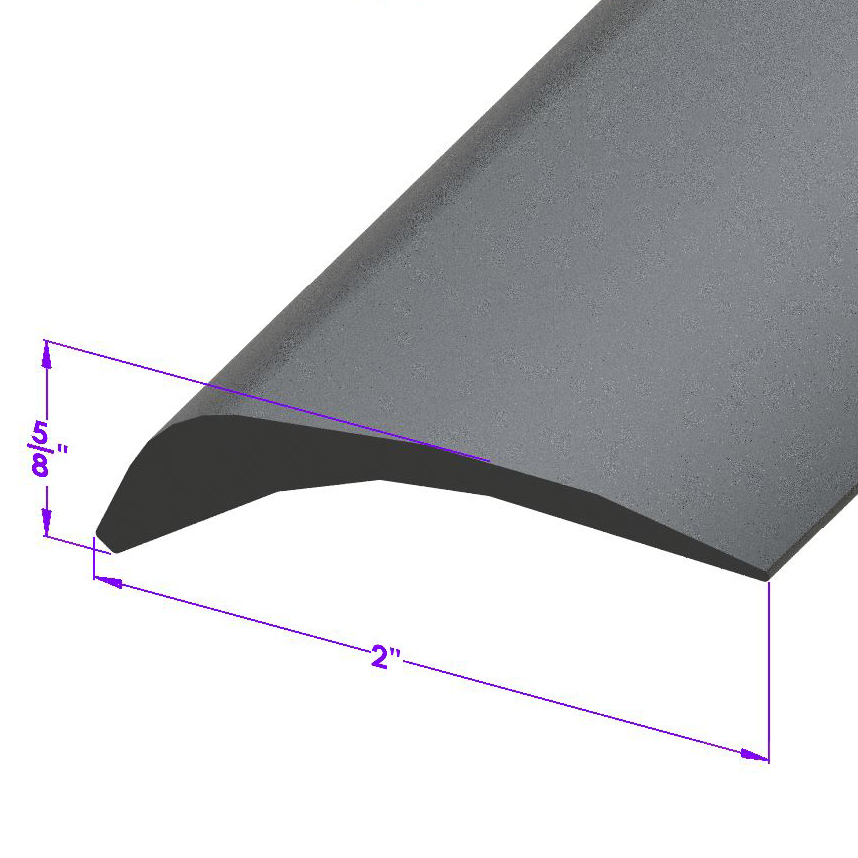 1949 Mercury Mercury Bumper to Body Seal, Splash and Gravel Guard. 2-1/8" wide-LP 109-L/FTBumper to Body Seal, Splash and Gravel Guard. 2-1/8" wide. Sold by the foot
1949 Mercury Mercury Bumper to Body Seal, Splash and Gravel Guard. 2-1/8" wide-LP 109-L/FTBumper to Body Seal, Splash and Gravel Guard. 2-1/8" wide. Sold by the foot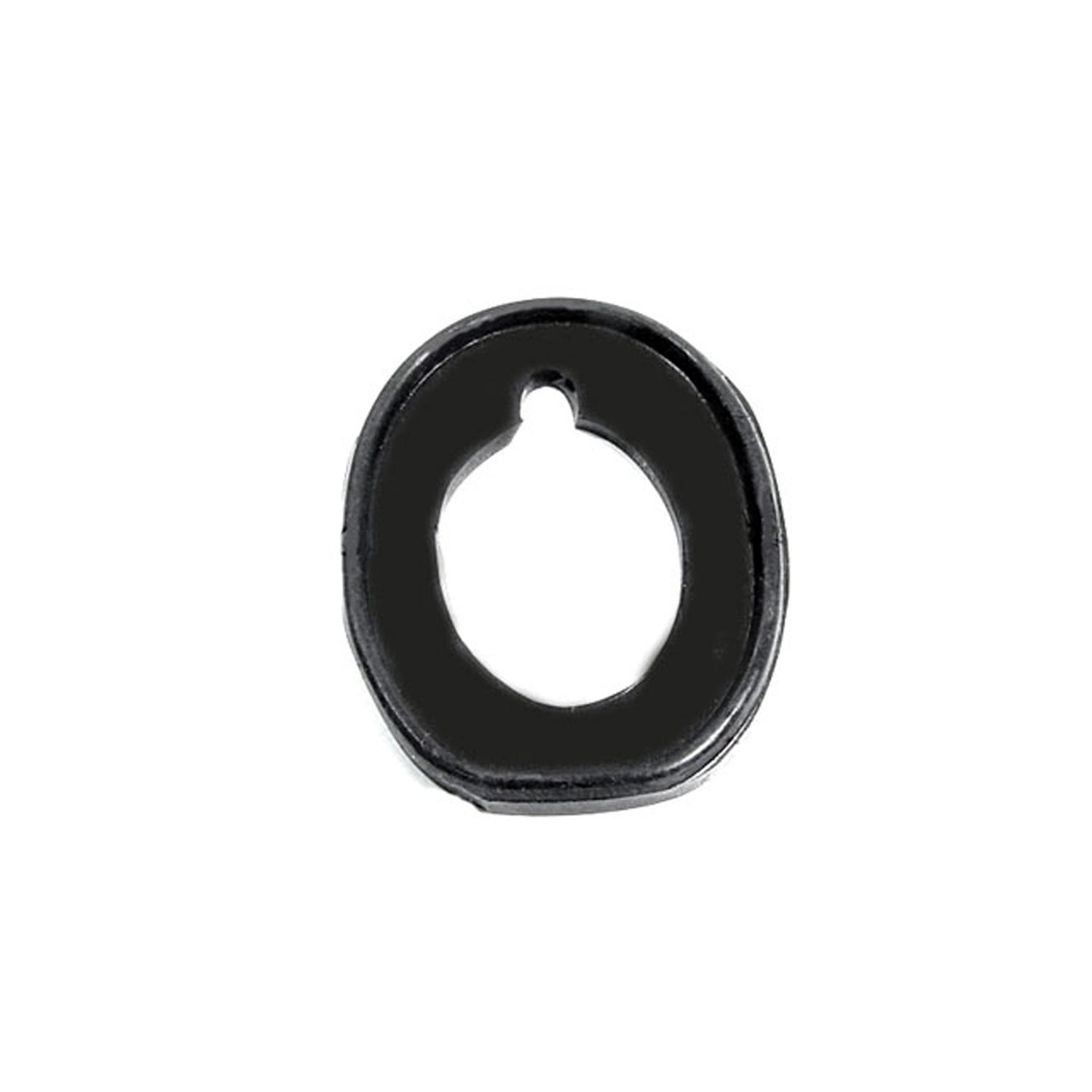 1949 Mercury Mercury Windshield Wiper Transmission Pad-MP 1009-EWindshield Wiper Transmission Pad. 1-1/4" wide X 1-5/8" long. Each
1949 Mercury Mercury Windshield Wiper Transmission Pad-MP 1009-EWindshield Wiper Transmission Pad. 1-1/4" wide X 1-5/8" long. Each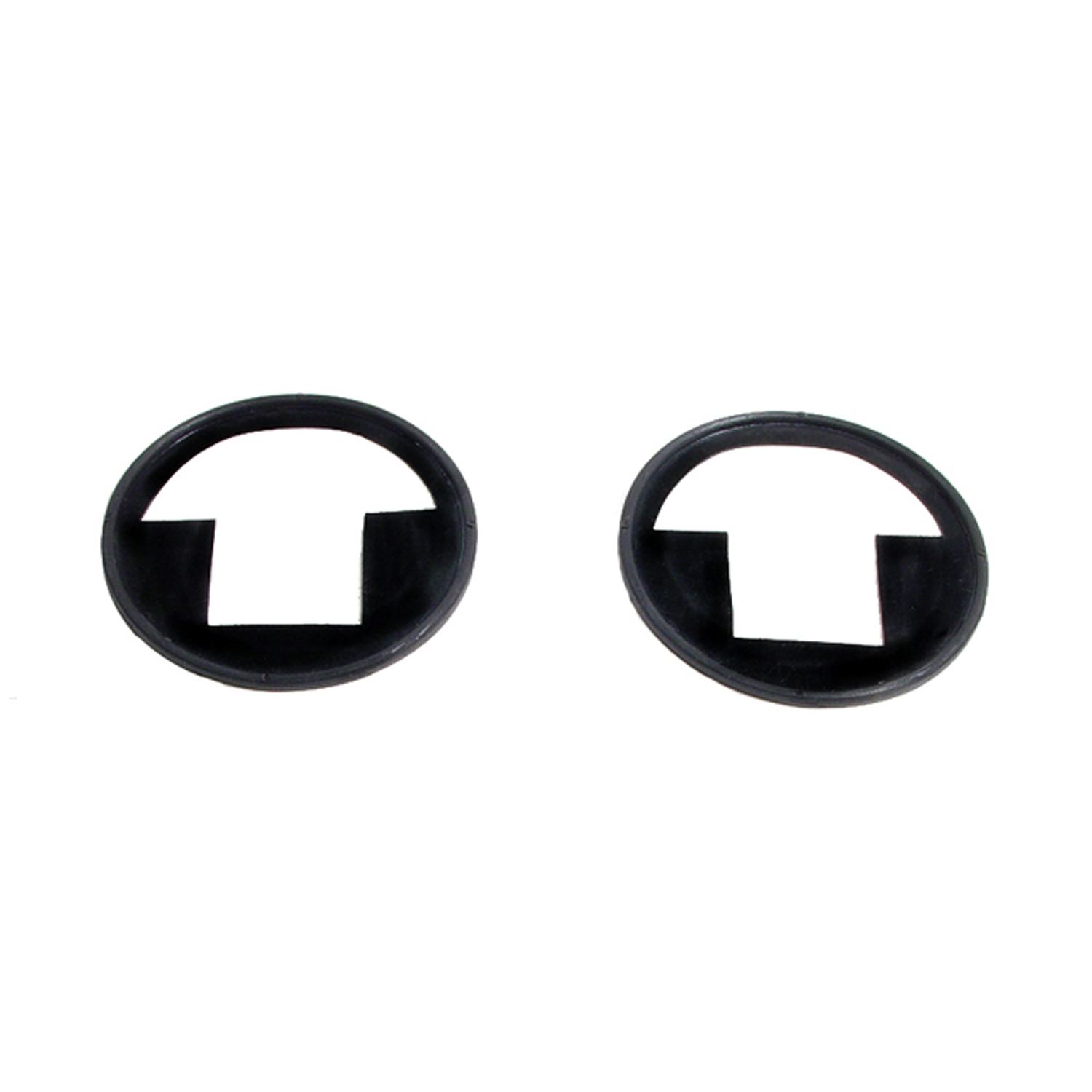 1949 Mercury Mercury Door Handle Pads. 3" O.D. Pair-MP 1009-ODoor Handle Pads. 3" O.D. Pair
1949 Mercury Mercury Door Handle Pads. 3" O.D. Pair-MP 1009-ODoor Handle Pads. 3" O.D. Pair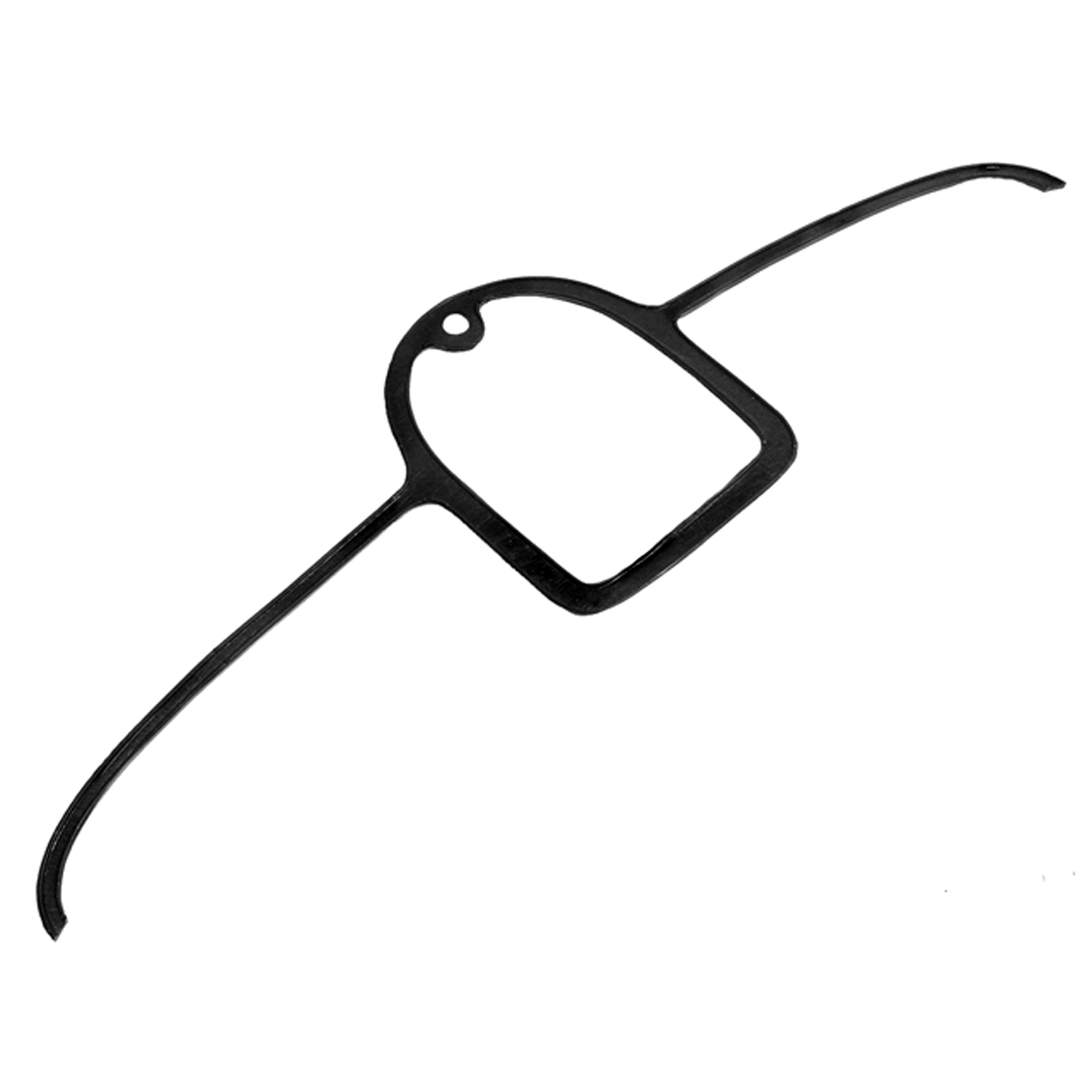 1949 Mercury Mercury Trunk Handle Pad. Perfect fit. 17-1/2" wide X 5-1/4" long-MP 1009-PTrunk Handle Pad. Perfect fit. 17-1/2" wide X 5-1/4" long. Each
1949 Mercury Mercury Trunk Handle Pad. Perfect fit. 17-1/2" wide X 5-1/4" long-MP 1009-PTrunk Handle Pad. Perfect fit. 17-1/2" wide X 5-1/4" long. Each 1949 Mercury Mercury Lens Gasket. 2-3/4" I.D., 3-1/4" O.D. Each-MP 1009-RLens Gasket. 2-3/4" I.D., 3-1/4" O.D. Each
1949 Mercury Mercury Lens Gasket. 2-3/4" I.D., 3-1/4" O.D. Each-MP 1009-RLens Gasket. 2-3/4" I.D., 3-1/4" O.D. Each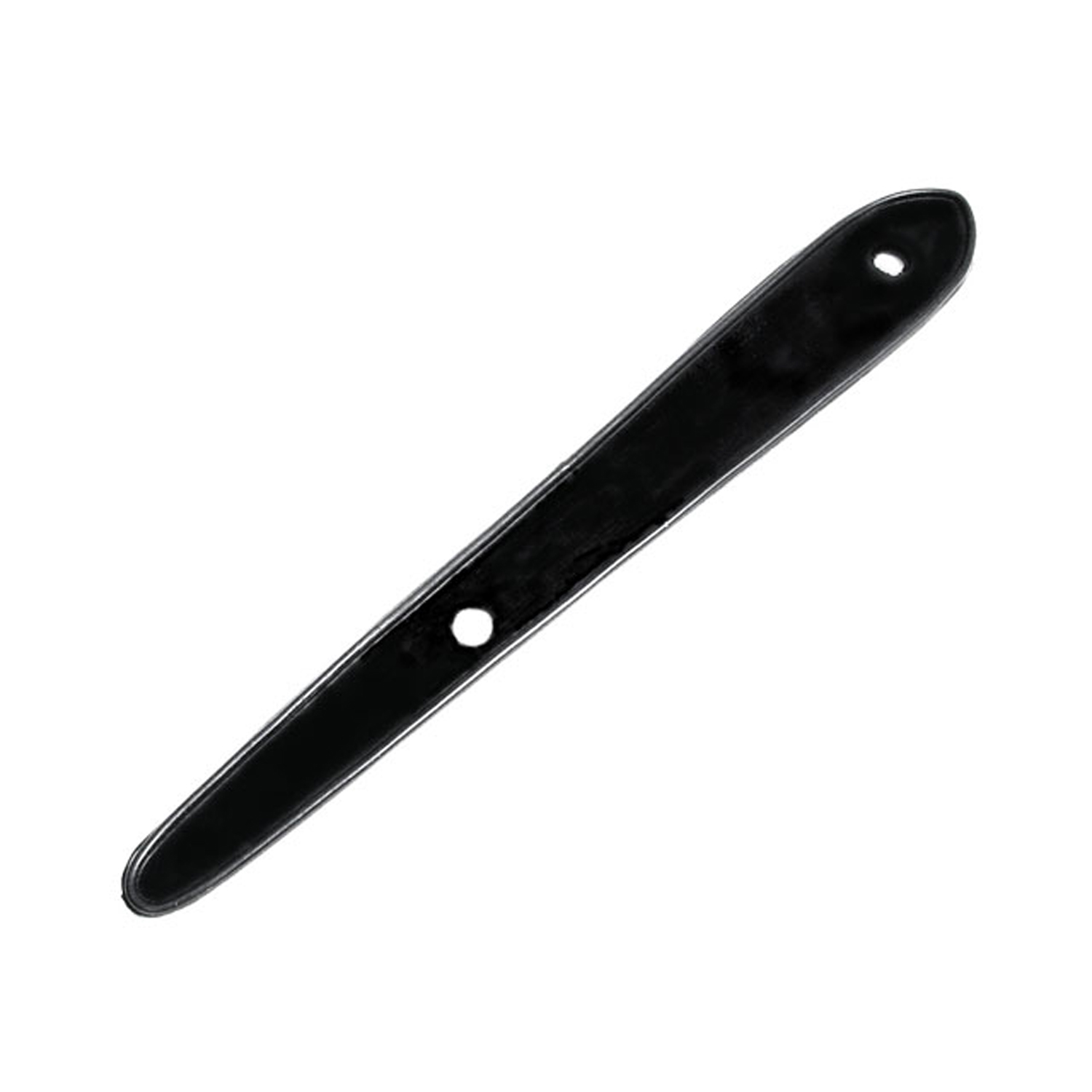 1949 Mercury Mercury Hood Ornament Mounting Pad. Beaded type. 1" wide X 7" long-MP 1009-XHood Ornament Mounting Pad. Beaded type. 1" wide X 7" long. Each
1949 Mercury Mercury Hood Ornament Mounting Pad. Beaded type. 1" wide X 7" long-MP 1009-XHood Ornament Mounting Pad. Beaded type. 1" wide X 7" long. Each 1949 Mercury Mercury Radiator Seal, for top of radiator-RA 3Radiator Seal, for top of radiator. Snaps into sheet metal shrouds. This 3-piece kit includes perfect molded ends and center section. Middle section is 27-1/2" long.
1949 Mercury Mercury Radiator Seal, for top of radiator-RA 3Radiator Seal, for top of radiator. Snaps into sheet metal shrouds. This 3-piece kit includes perfect molded ends and center section. Middle section is 27-1/2" long.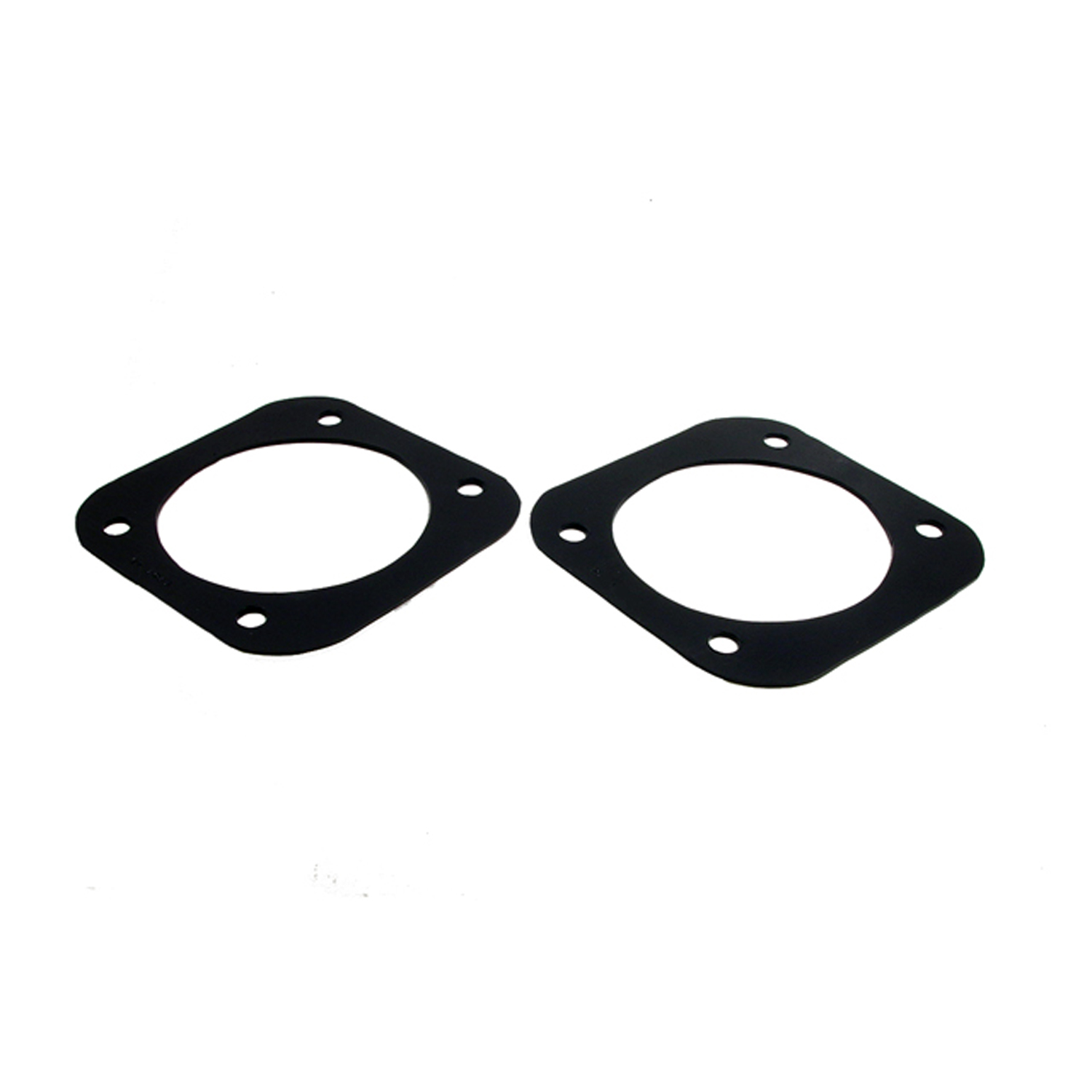 1949 Mercury Mercury Fresh Air Vent to Cowl Seals. Made of rubber-RP 101-AFresh Air Vent to Cowl Seals. Made of rubber. 5-1/4" square with 3-7/8" I.D. Pair
1949 Mercury Mercury Fresh Air Vent to Cowl Seals. Made of rubber-RP 101-AFresh Air Vent to Cowl Seals. Made of rubber. 5-1/4" square with 3-7/8" I.D. Pair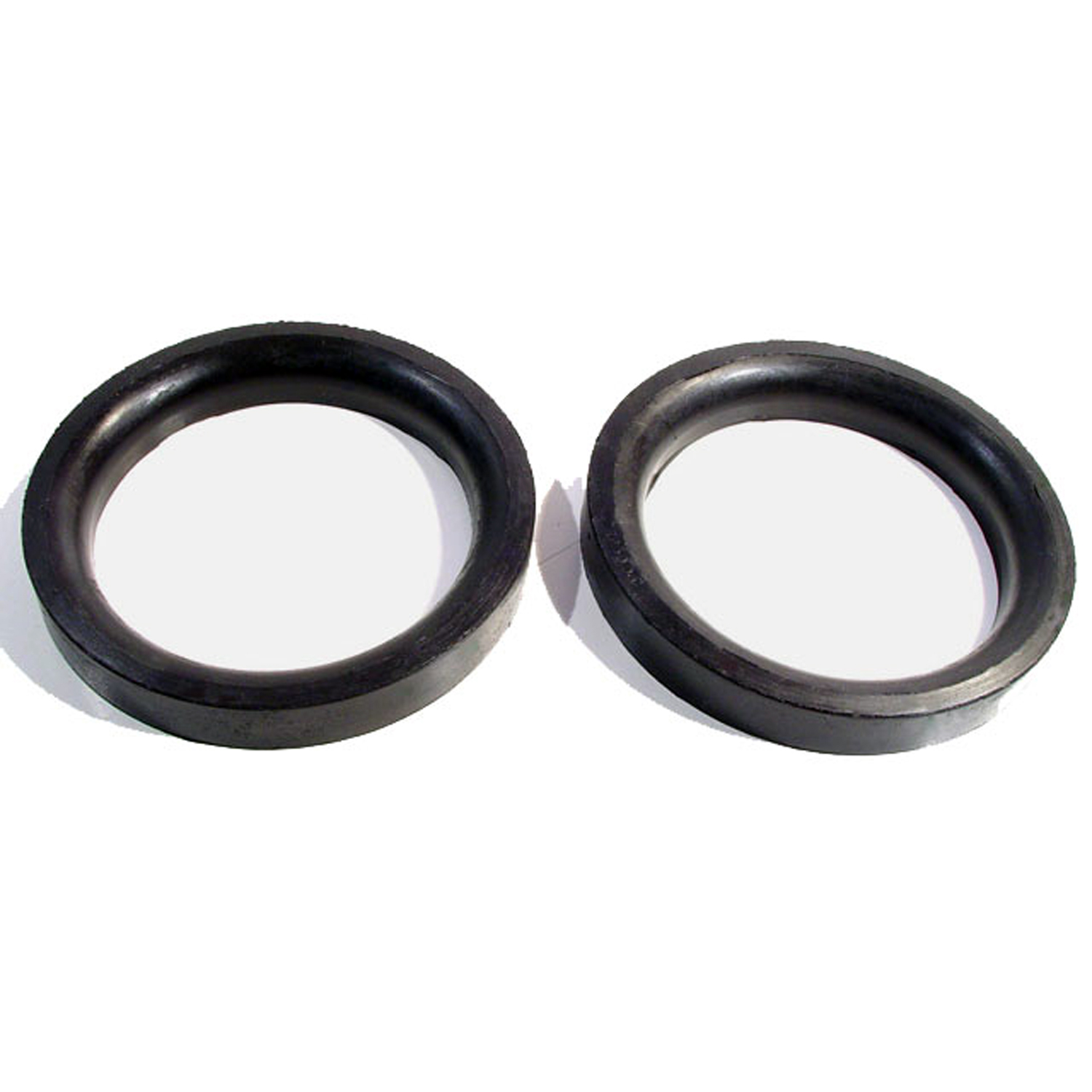 1949 Mercury Mercury Air Duct Seals. Made of molded sponge. 5-1/8" O.D-RP 300-CAir Duct Seals. Made of molded sponge. 5-1/8" O.D., 3-7/8" I.D. X 11/16" thick. Pair
1949 Mercury Mercury Air Duct Seals. Made of molded sponge. 5-1/8" O.D-RP 300-CAir Duct Seals. Made of molded sponge. 5-1/8" O.D., 3-7/8" I.D. X 11/16" thick. Pair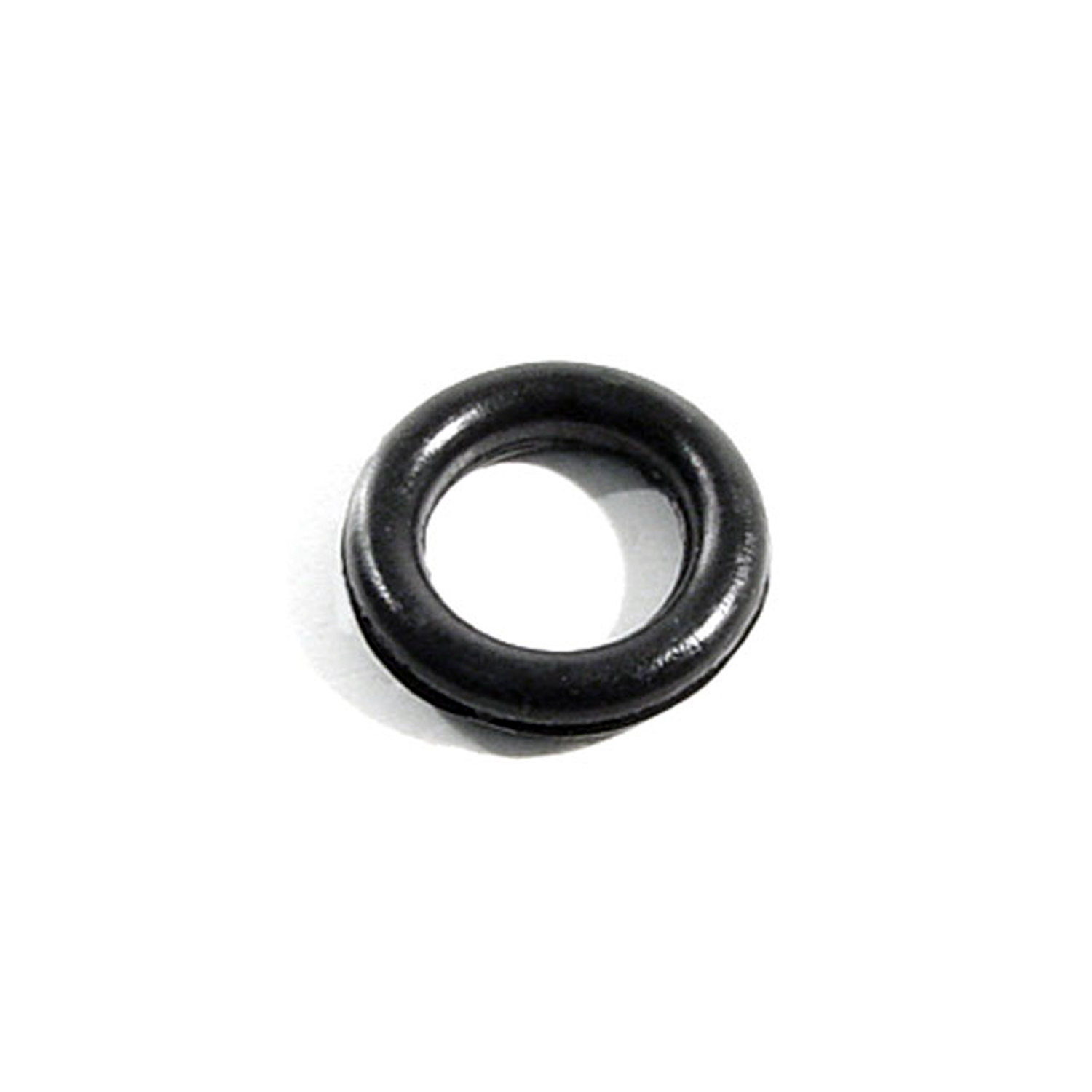 1949 Mercury Mercury Door Lock Grommet. Protects door lock knob. 7/16" I.D-RP 303-PDoor Lock Grommet. Protects door lock knob. 7/16" I.D., 11/16" O.D. Each
1949 Mercury Mercury Door Lock Grommet. Protects door lock knob. 7/16" I.D-RP 303-PDoor Lock Grommet. Protects door lock knob. 7/16" I.D., 11/16" O.D. Each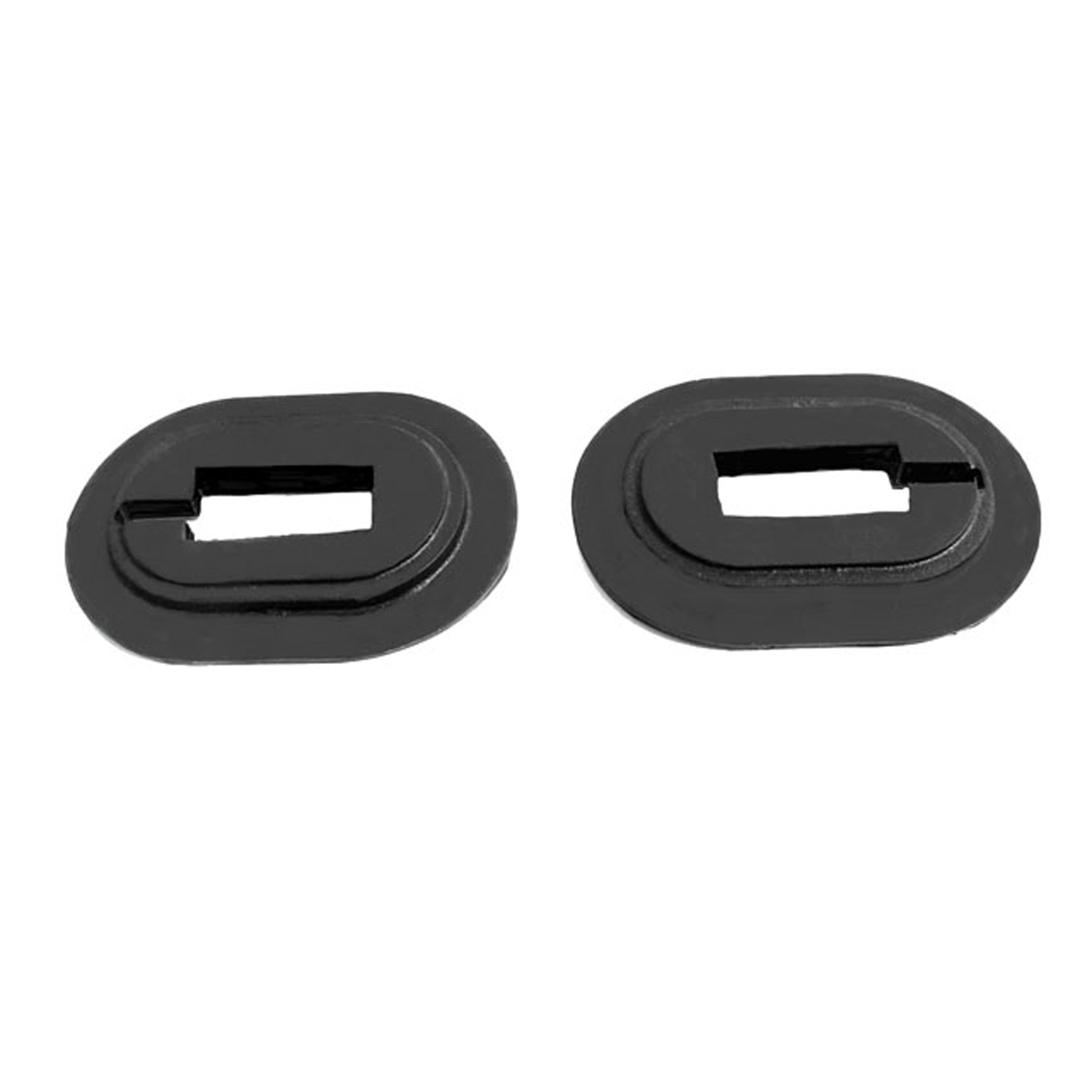 1949 Mercury Mercury Clutch and Brake Seals. Made with steel core-RP 31-MClutch and Brake Seals. Made with steel core. 2-3/8" X 1-5/8", 1-5/16" long inner slot. Pair
1949 Mercury Mercury Clutch and Brake Seals. Made with steel core-RP 31-MClutch and Brake Seals. Made with steel core. 2-3/8" X 1-5/8", 1-5/16" long inner slot. Pair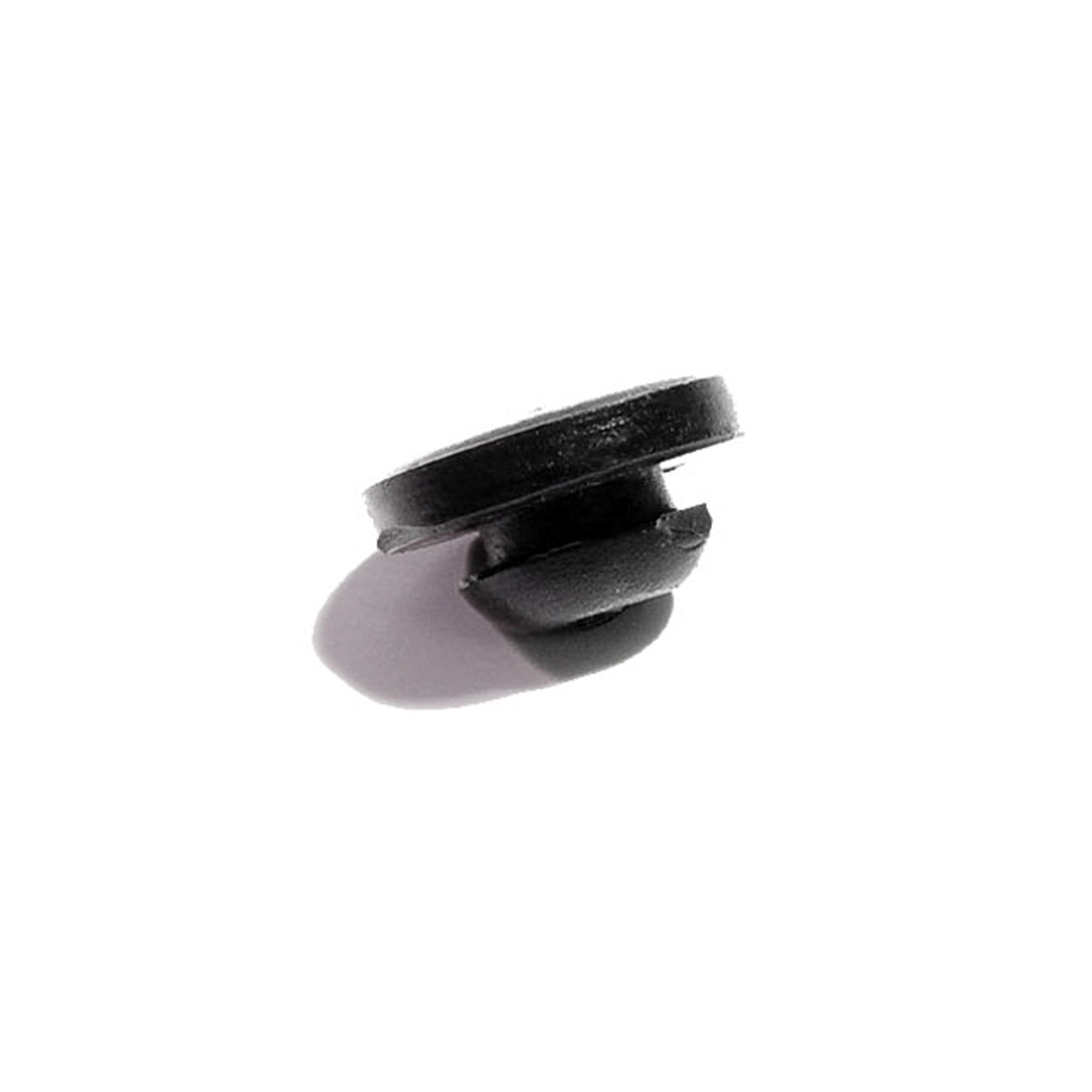 1949 Mercury Mercury Glove Box Bumper. Good reproduction. Each-SB 77Glove Box Bumper. Good reproduction. Each
1949 Mercury Mercury Glove Box Bumper. Good reproduction. Each-SB 77Glove Box Bumper. Good reproduction. Each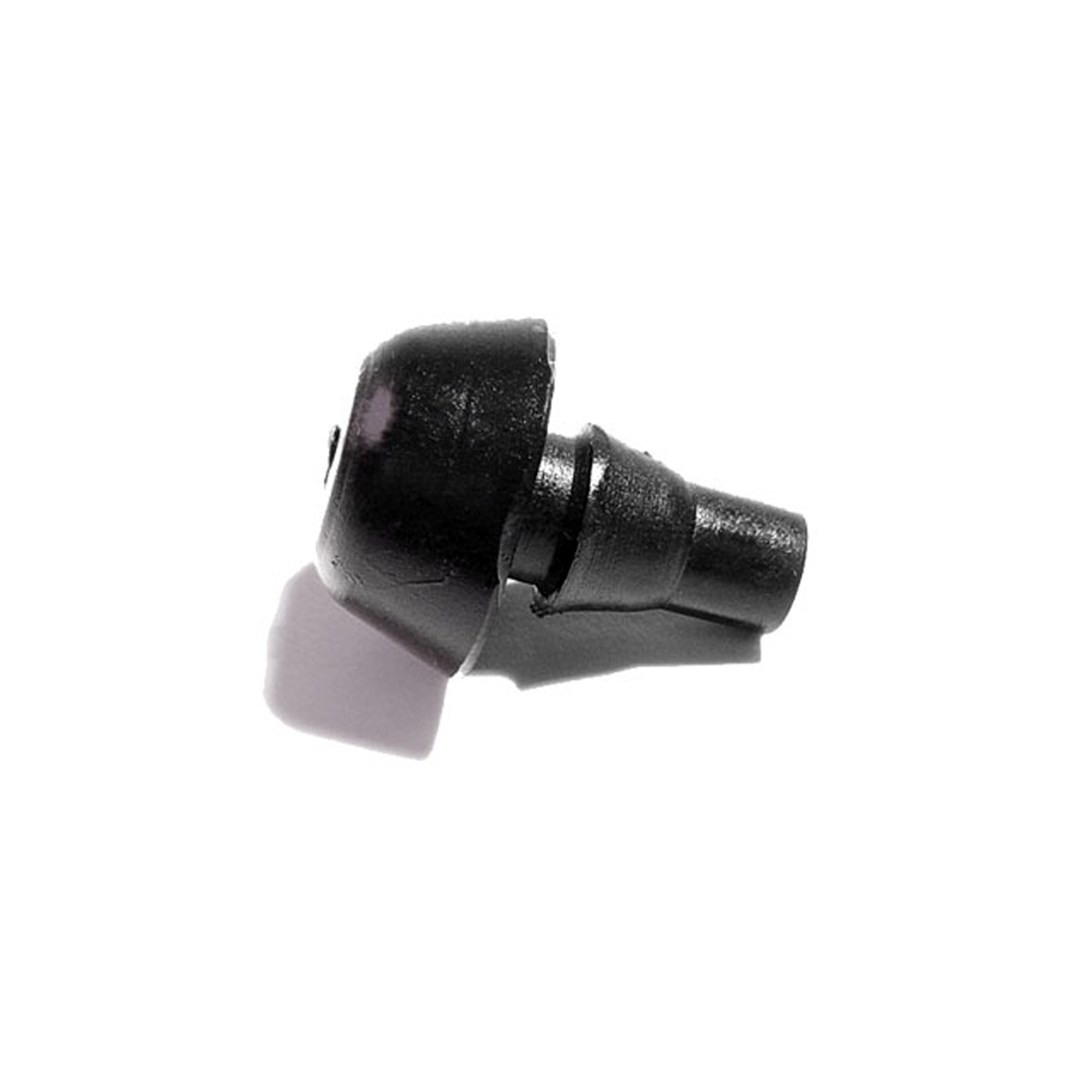 1949 Mercury Mercury License Plate Bumper. Fits a 1/4" hole. Each-SB 88License Plate Bumper. Fits a 1/4" hole. Each
1949 Mercury Mercury License Plate Bumper. Fits a 1/4" hole. Each-SB 88License Plate Bumper. Fits a 1/4" hole. Each 1949 Mercury Mercury Steering Column to Floor Grommet. Each-SC 30Steering Column to Floor Grommet. Each
1949 Mercury Mercury Steering Column to Floor Grommet. Each-SC 30Steering Column to Floor Grommet. Each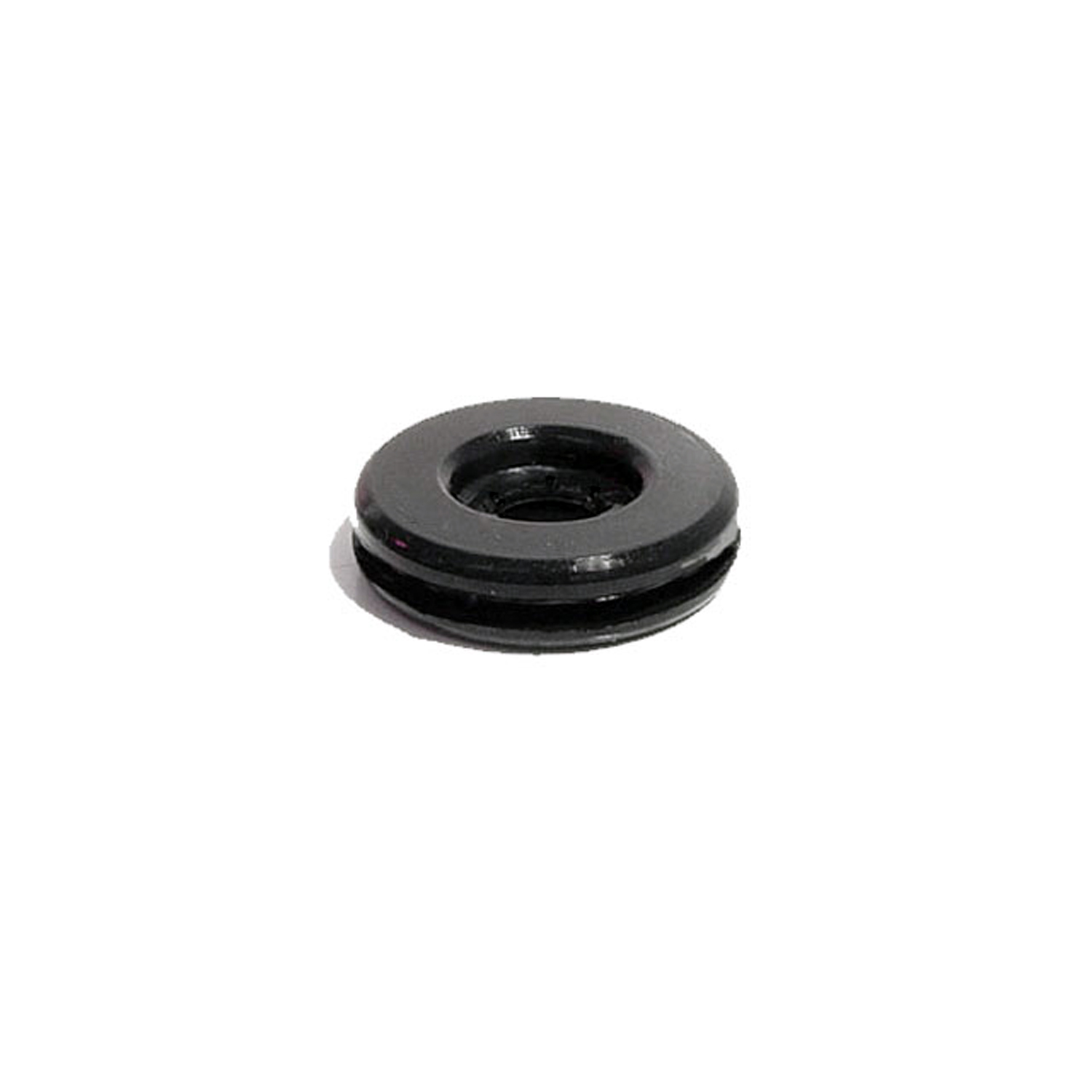 1949 Mercury Mercury Wire Harness to Firewall Grommet. Each-SM 28-BWire Harness to Firewall Grommet. Each
1949 Mercury Mercury Wire Harness to Firewall Grommet. Each-SM 28-BWire Harness to Firewall Grommet. Each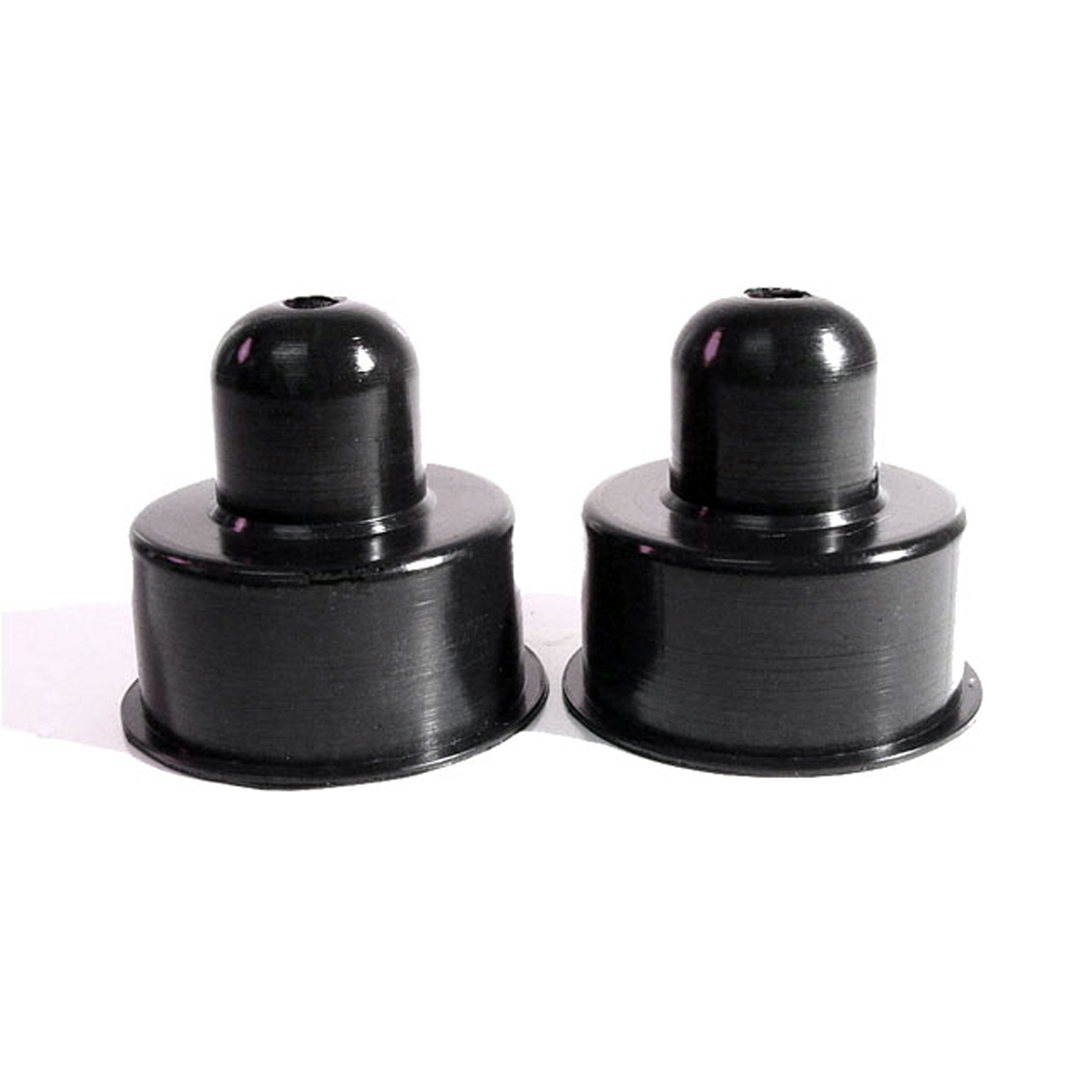 1949 Mercury Mercury Front Park Light Boot. Each-SM 65-CFront Park Light Boot. Each
1949 Mercury Mercury Front Park Light Boot. Each-SM 65-CFront Park Light Boot. Each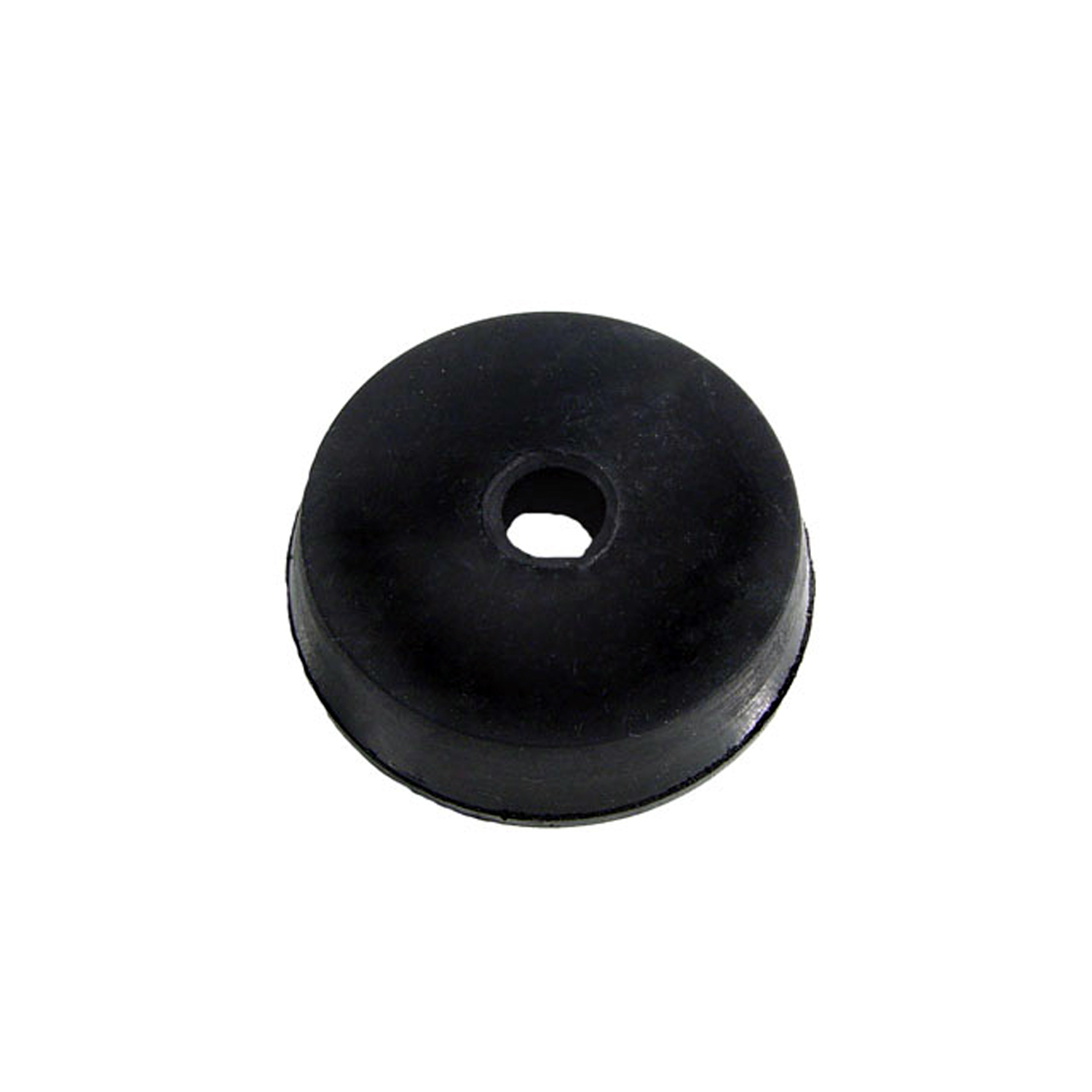 1949 Mercury Mercury Main Firewall Wiring Grommet. 2" O.D., 1-3/8" I.D. Each-SM 67Main Firewall Wiring Grommet. 2" O.D., 1-3/8" I.D. Each
1949 Mercury Mercury Main Firewall Wiring Grommet. 2" O.D., 1-3/8" I.D. Each-SM 67Main Firewall Wiring Grommet. 2" O.D., 1-3/8" I.D. Each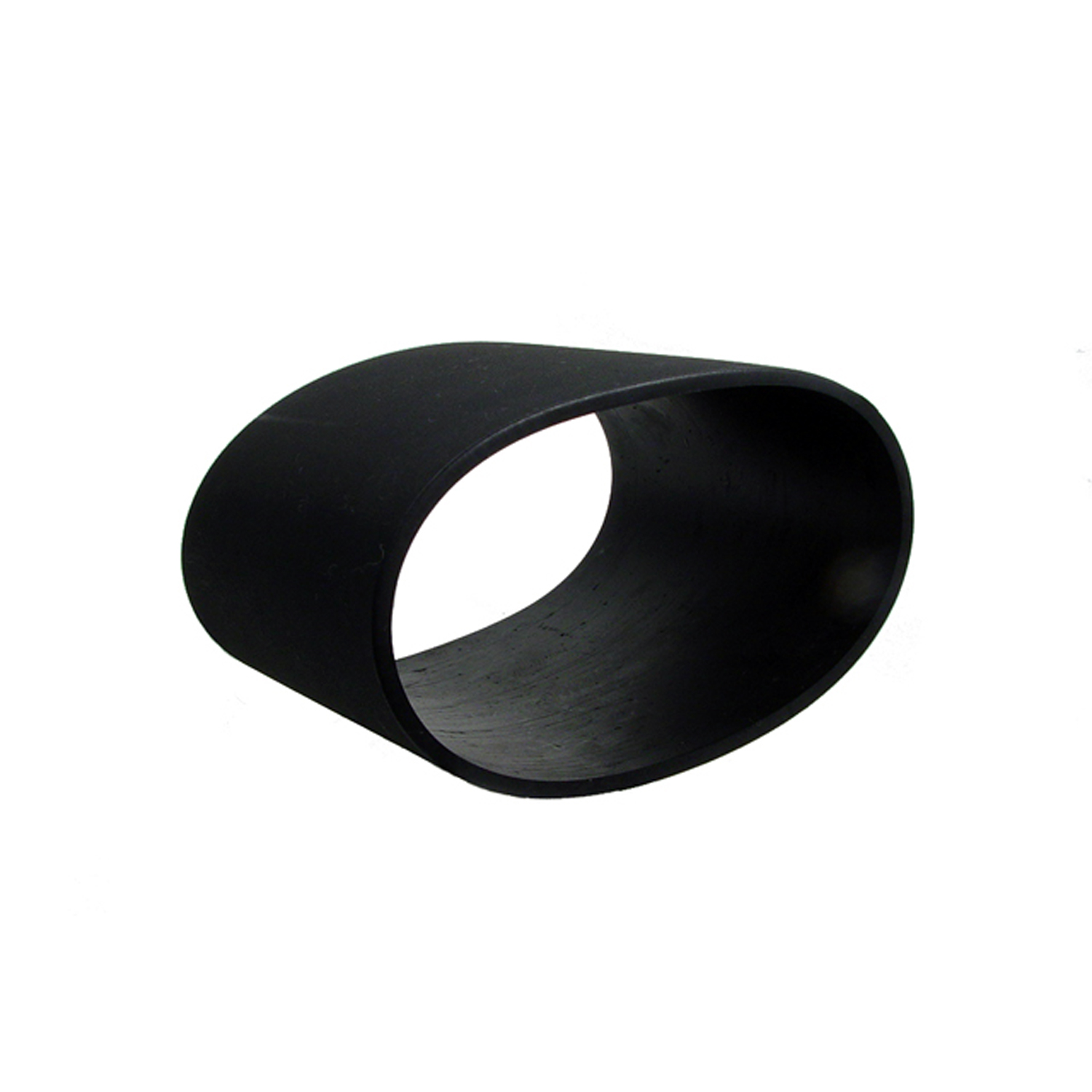 1949 Mercury Mercury Fresh Air Duct Seal. One-piece, seamless construction-VH 102-AFresh Air Duct Seal. One-piece, seamless construction. 3-5/8" I.D., 3-7/8" O.D., 1/8" thick X 4" high. Each
1949 Mercury Mercury Fresh Air Duct Seal. One-piece, seamless construction-VH 102-AFresh Air Duct Seal. One-piece, seamless construction. 3-5/8" I.D., 3-7/8" O.D., 1/8" thick X 4" high. Each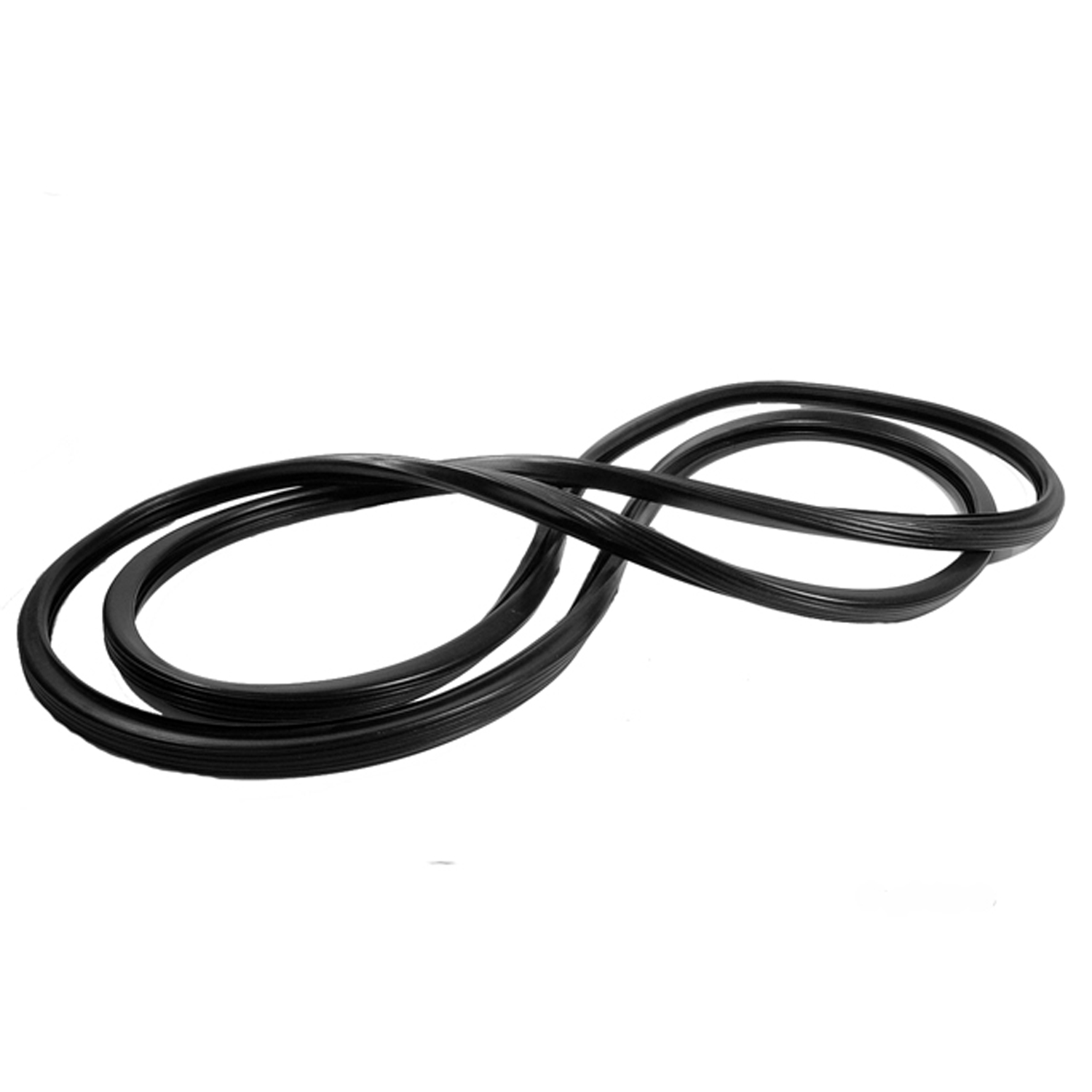 1949 Mercury Mercury Vulcanized Fixed Quarter Window Seals-VQT 3300Vulcanized Fixed Quarter Window Seals. For all 2-doors without swing-out rear quarter window. 63-1/2" Long each. Pair
1949 Mercury Mercury Vulcanized Fixed Quarter Window Seals-VQT 3300Vulcanized Fixed Quarter Window Seals. For all 2-doors without swing-out rear quarter window. 63-1/2" Long each. Pair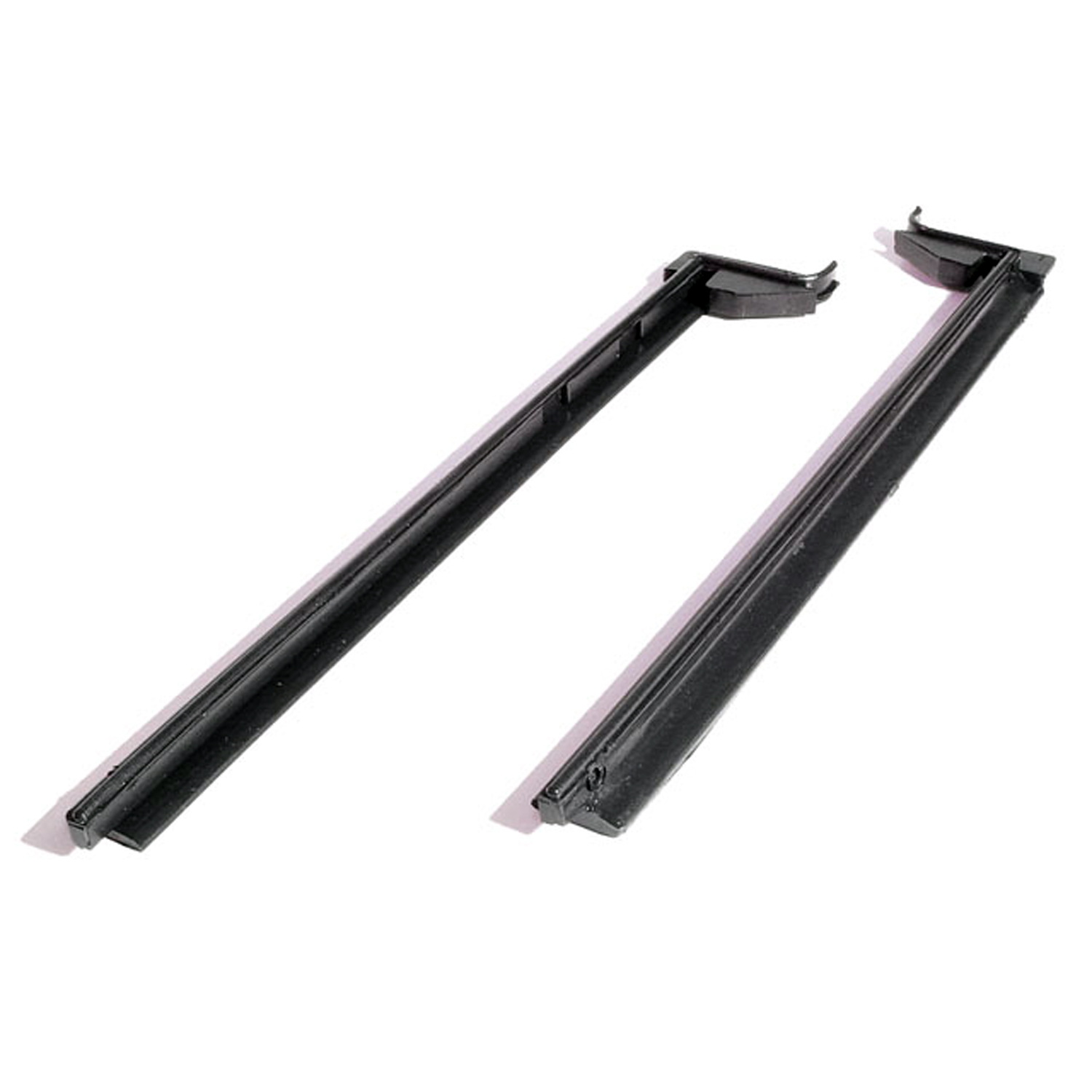 1949 Mercury Mercury Rear Roll-Up Window Seals, for Convertibles. All rubber-VS 3-KRear Roll-Up Window Seals, for Convertibles. All rubber. 12" long X 2-1/4" wide. Pair R&L
1949 Mercury Mercury Rear Roll-Up Window Seals, for Convertibles. All rubber-VS 3-KRear Roll-Up Window Seals, for Convertibles. All rubber. 12" long X 2-1/4" wide. Pair R&L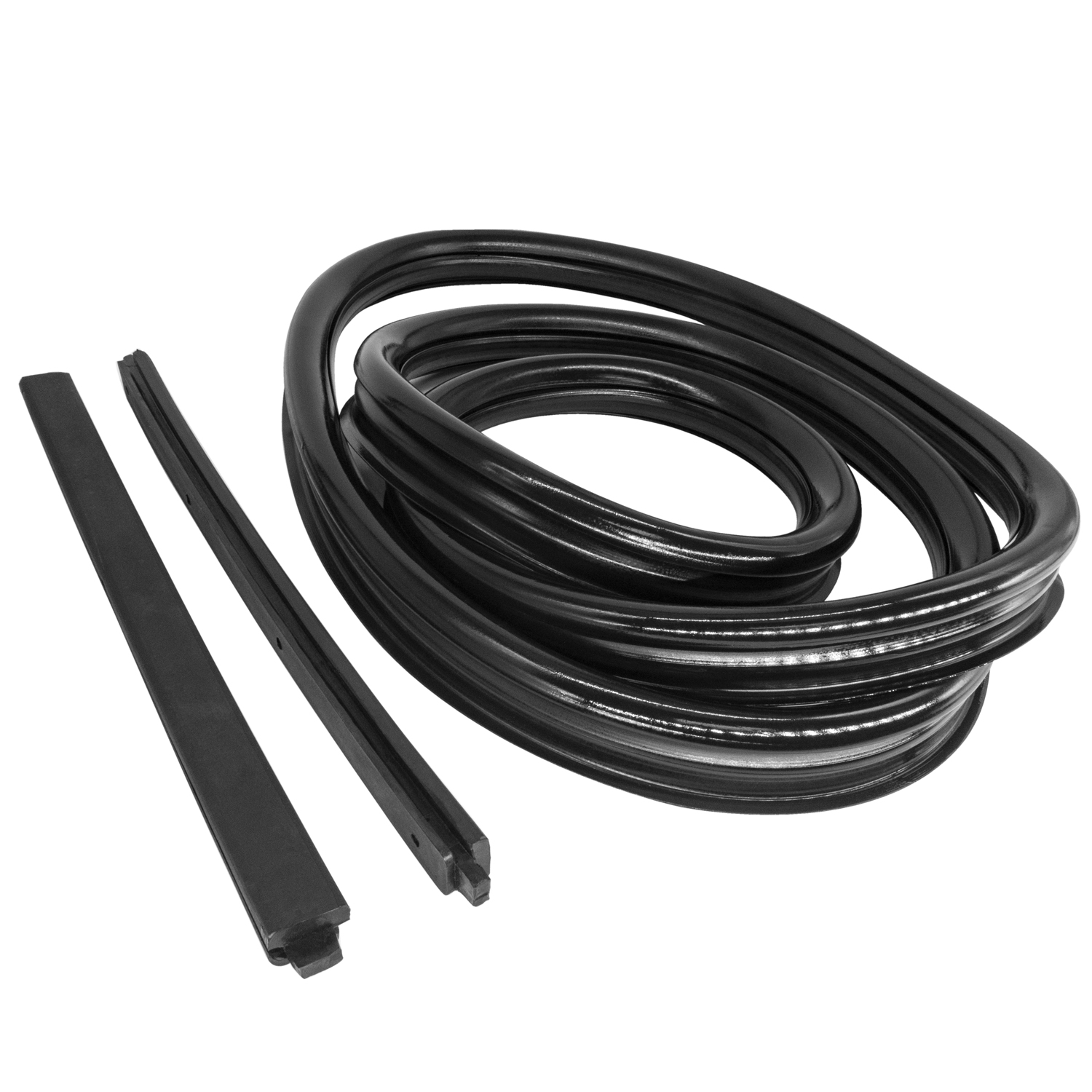 1949 Mercury Mercury Vulcanized Rear Windshield Seal-VWS 3301-RVulcanized Rear Windshield Seal. For cars with reveal molding. Includes two division bars with steel cores. Each
1949 Mercury Mercury Vulcanized Rear Windshield Seal-VWS 3301-RVulcanized Rear Windshield Seal. For cars with reveal molding. Includes two division bars with steel cores. Each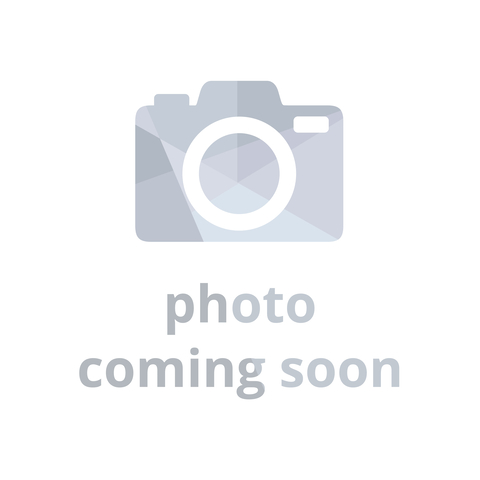 1949 Mercury Mercury Vulcanized Rear Windshield Seal. For coupe only-VWS 3303-RVulcanized Rear Windshield Seal. For coupe only. 2-Piece Set
1949 Mercury Mercury Vulcanized Rear Windshield Seal. For coupe only-VWS 3303-RVulcanized Rear Windshield Seal. For coupe only. 2-Piece Set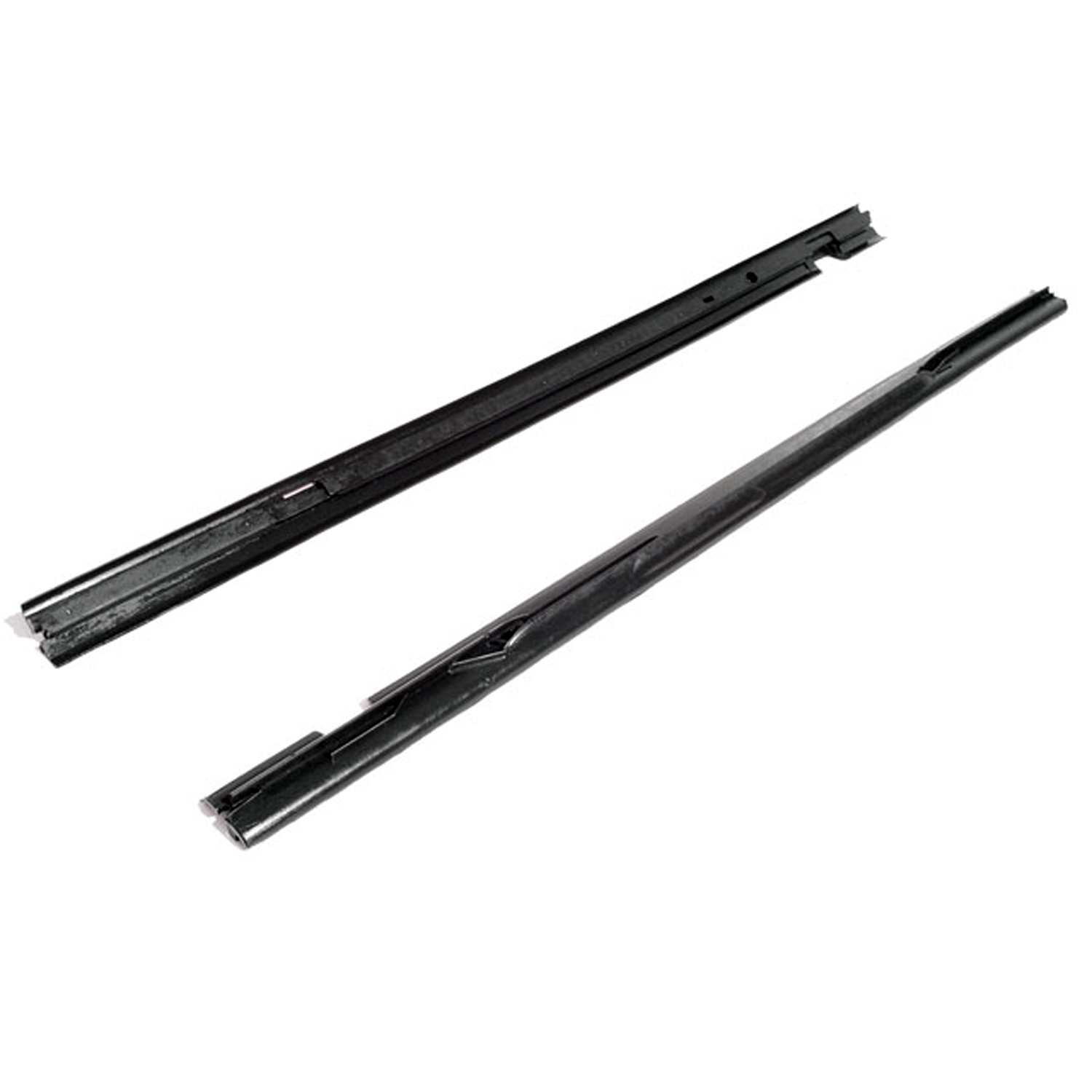 1949 Mercury Mercury Front vent window seals-WR 3302Front vent window seals. Fits all '49-'51 Ford 4-door sedans and all '49 Mercury 2-door & 4-door sedans. Pair. R&L.
1949 Mercury Mercury Front vent window seals-WR 3302Front vent window seals. Fits all '49-'51 Ford 4-door sedans and all '49 Mercury 2-door & 4-door sedans. Pair. R&L.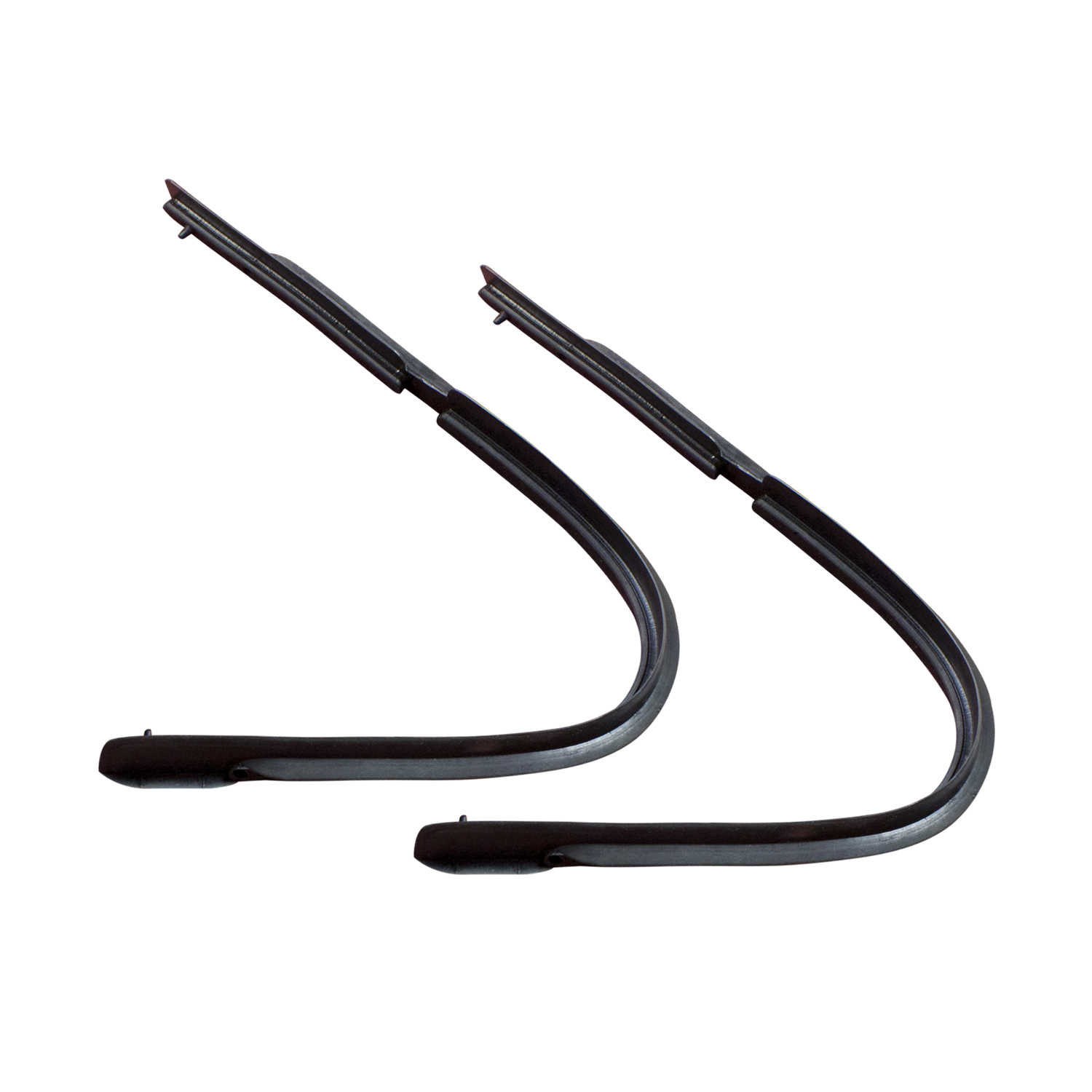 1949 Mercury Mercury Rear vent window seals. '49 Mercury 4-door sedan. Pair. R&L-WR 3302-RRear vent window seals. '49 Mercury 4-door sedan. Pair. R&L.
1949 Mercury Mercury Rear vent window seals. '49 Mercury 4-door sedan. Pair. R&L-WR 3302-RRear vent window seals. '49 Mercury 4-door sedan. Pair. R&L. 1949 Mercury Mercury Rear Vent Window Seals, for 2-Door Sedans. Pair R&L-WR 3305-RRear Vent Window Seals, for 2-Door Sedans. Pair R&L
1949 Mercury Mercury Rear Vent Window Seals, for 2-Door Sedans. Pair R&L-WR 3305-RRear Vent Window Seals, for 2-Door Sedans. Pair R&L 1949 Mercury Mercury Front Vent Window Seals, for Convertibles. Pair R&L-WR 3312Front Vent Window Seals, for Convertibles. Pair R&L
1949 Mercury Mercury Front Vent Window Seals, for Convertibles. Pair R&L-WR 3312Front Vent Window Seals, for Convertibles. Pair R&L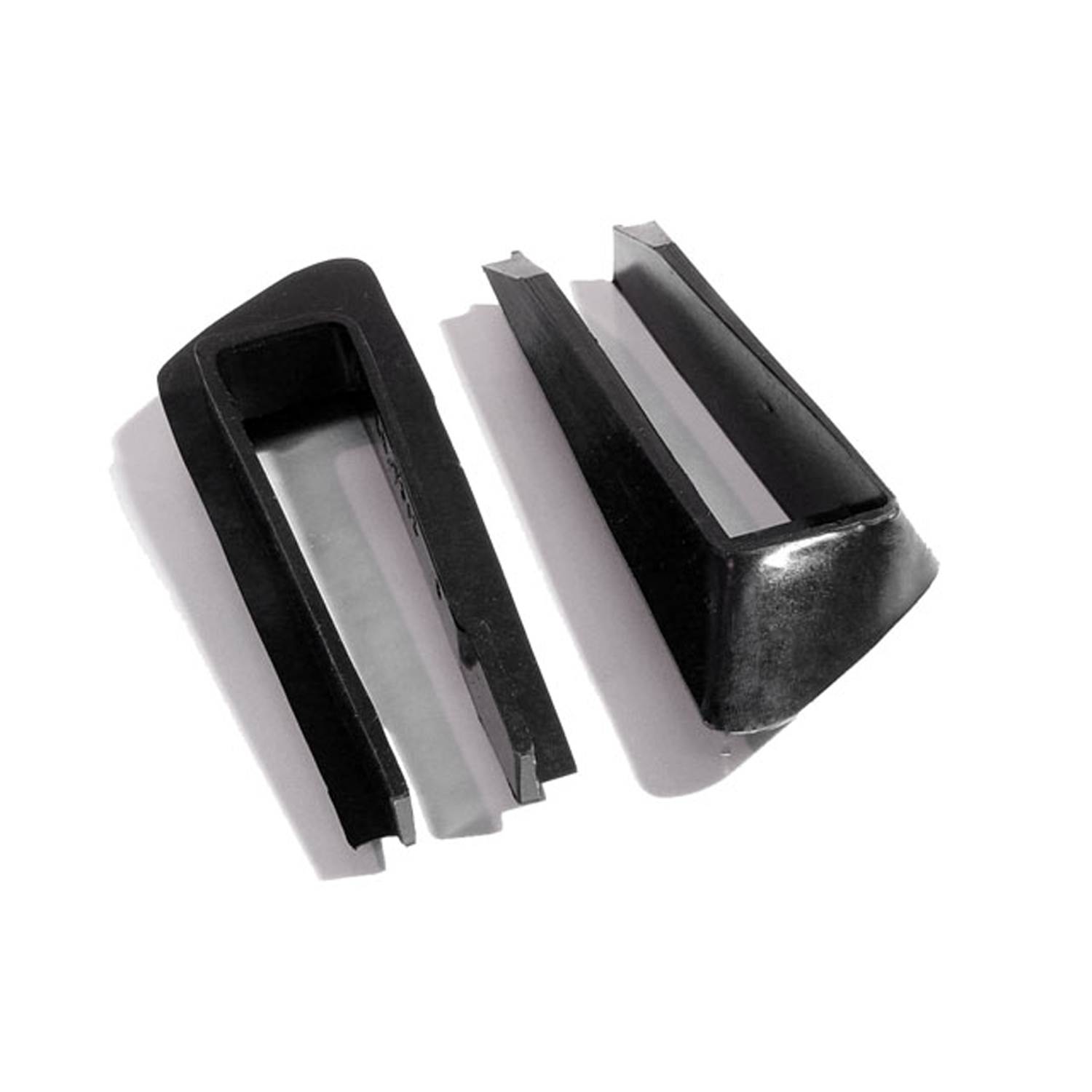 1949 Mercury Mercury Front Vent Window Seal Molded Ends. Windshield Pillar Base-WREX 3312Front Vent Window Seal Molded Ends. Windshield Pillar Base. Pair R&L
1949 Mercury Mercury Front Vent Window Seal Molded Ends. Windshield Pillar Base-WREX 3312Front Vent Window Seal Molded Ends. Windshield Pillar Base. Pair R&L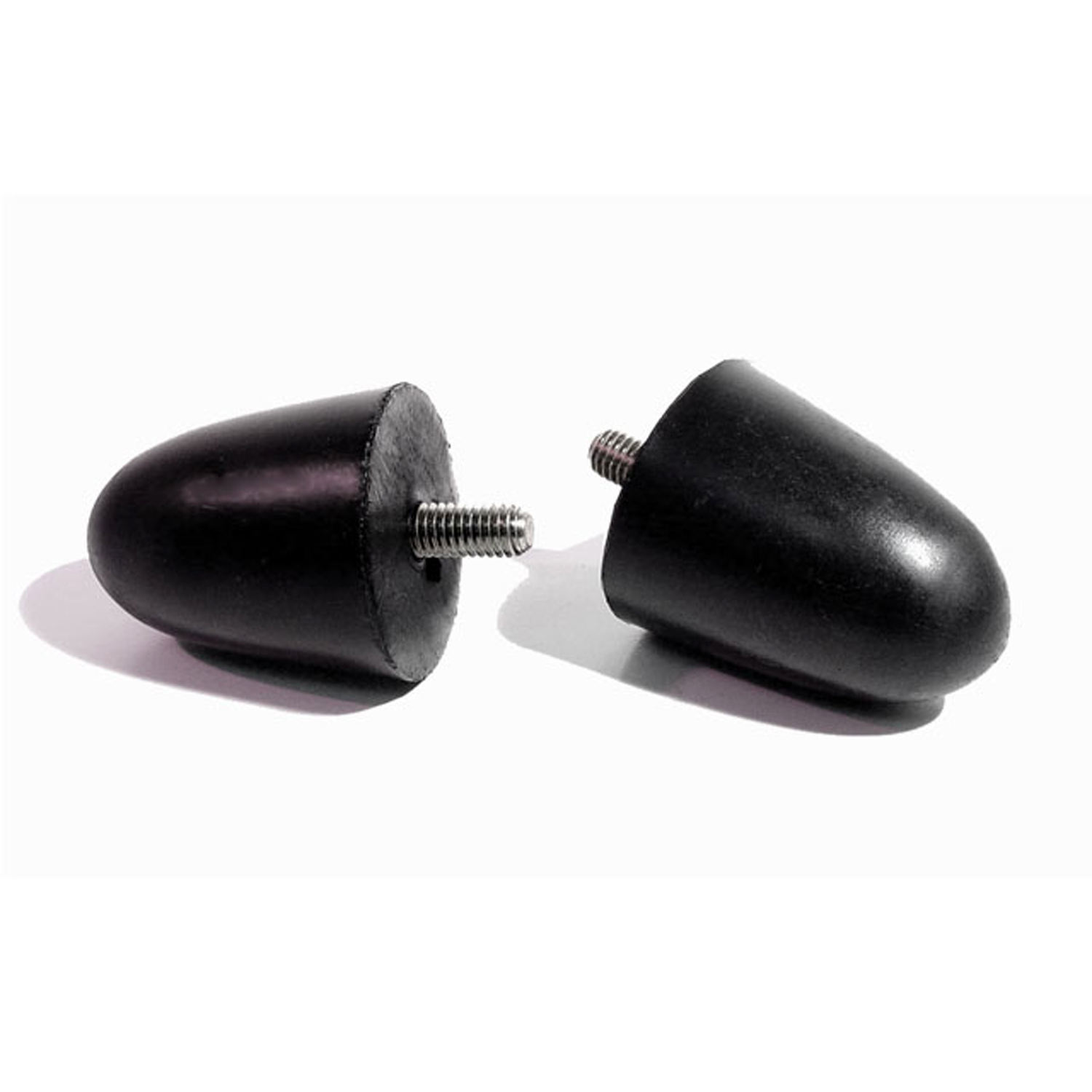 1949 Mercury Mercury Front suspension Bumpers. Rubber base to crown is 2-3/8 high-XB 31Front suspension Bumpers. Rubber base to crown is 2-3/8 high. Threaded stud is 7/8 in. long. Pair.
1949 Mercury Mercury Front suspension Bumpers. Rubber base to crown is 2-3/8 high-XB 31Front suspension Bumpers. Rubber base to crown is 2-3/8 high. Threaded stud is 7/8 in. long. Pair.Why Choose Metro?
For over 100 years, Metro Moulded Parts has been the pinnacle of quality in classic car restoration parts. Our commitment to precision and authenticity in every component ensures a perfect fit and an OEM-level appearance.
- Expert Craftsmanship & Quality: Each part is a testament to our dedication to reliability and perfection, crafted from original designs and thoroughly tested.
- Advanced Technology: We use cutting-edge techniques to create flawless, long-lasting parts that surpass others in performance.
- SuperSoft Sponge – The Ultimate Door Seal: Not only are our door seals 30% softer than competitors', but they're also guaranteed to never leak. They effectively reduce wind and road noise, enhancing your classic car's comfort and driving experience.
- Proudly American: Our parts are a product of American craftsmanship, made in the USA with a spirit of excellence and heritage.
- Unrivaled Warranty: We back our products with a 30-year industry-leading warranty, a testament to our confidence in their quality.
Join us in preserving the legacy of classic cars with parts that are crafted for perfection, not just made.

